





In a Wednesday release accompanying the image, NASA notes that humans had never seen the far side of the moon
(often called the "dark side," though it gets plenty of sunlight) until 1959, when the Soviet Luna 3 captured the first-ever images.
Eagle-eyed readers might notice a faint green outline on the right side of the moon above,
which NASA explains has to do with the way EPIC processes photos:
Click here for A Video montage of all 135 shuttle launches
Tour the Shuttle Discovery's Mid-Deck!
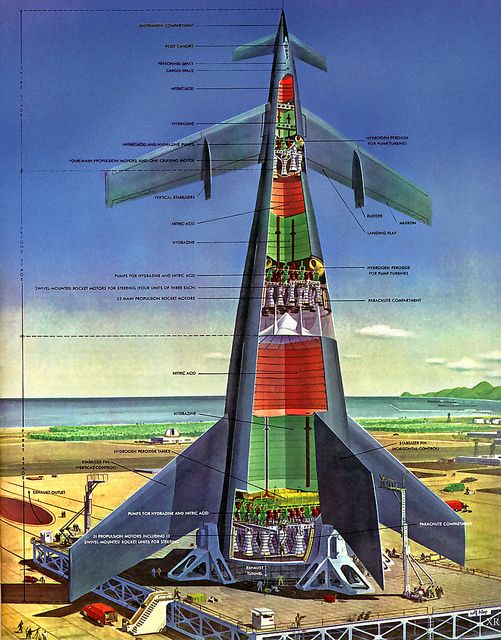
Verner Van Braun's Proposal from Collier's Magazine, 1952

Verner Van Braun's Proposal from Collier's Magazine, 1952, Artist Impresion of a launch

Verner Van Braun's Proposal from Collier's Magazine, 1952, Artist Impresion of the Orbiter in Orbit

Verner Van Braun - 1954





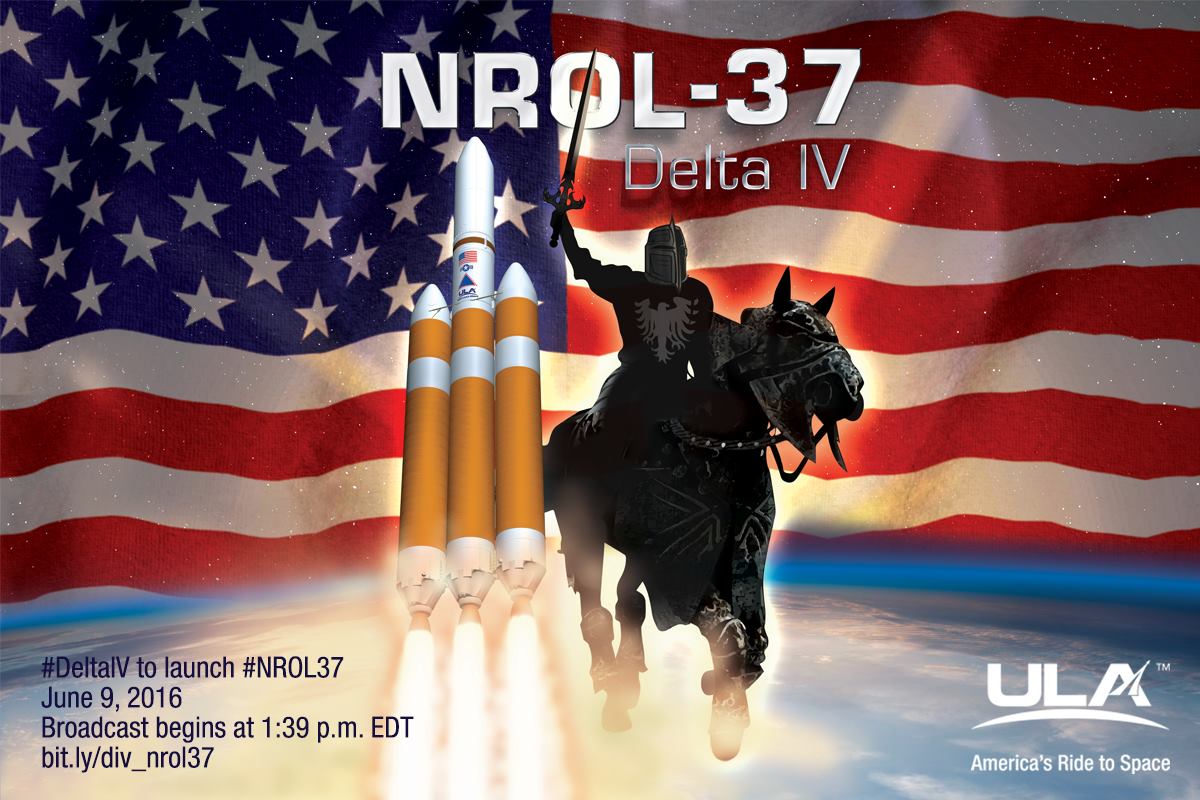
The June 9 launch of the ULA Delta 4 Heavy carrying the classified NROL-37 spy satellite is
planned for 1:59 p.m. EDT. Broadcast starts at 1:39 p.m. EDT Watch the live webcast:
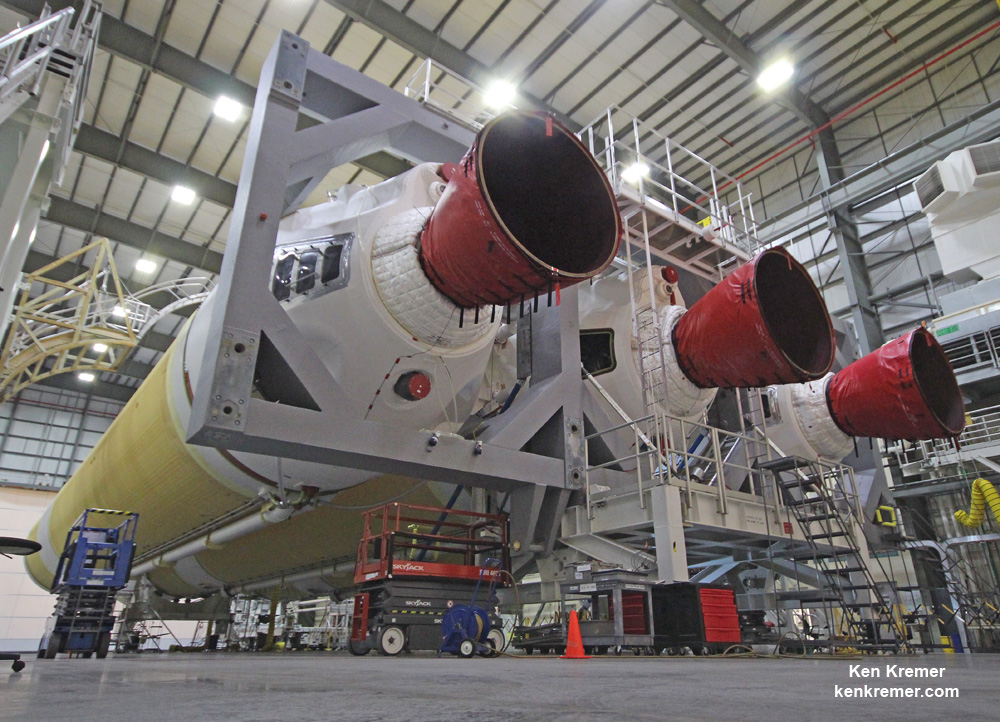
Side view shows trio of Common Booster Cores (CBCs) with RS-68 engines powering the Delta IV Heavy rocket resting horizontally
in ULA’s (United Launch Alliance) HIF processing facility at Cape Canaveral that will launch NASA’s maiden Orion on the EFT-1
mission in December 2014 from Launch Complex 37.
Credit: Ken Kremer
Published on May 24, 2016 The NROL-37 payload is mated to a Delta IV Heavy rocket inside the Mobile Service Tower or MST
at Cape Canaveral Air Force Station's Space Launch Complex-37. Category Science & Technology License Standard YouTube License
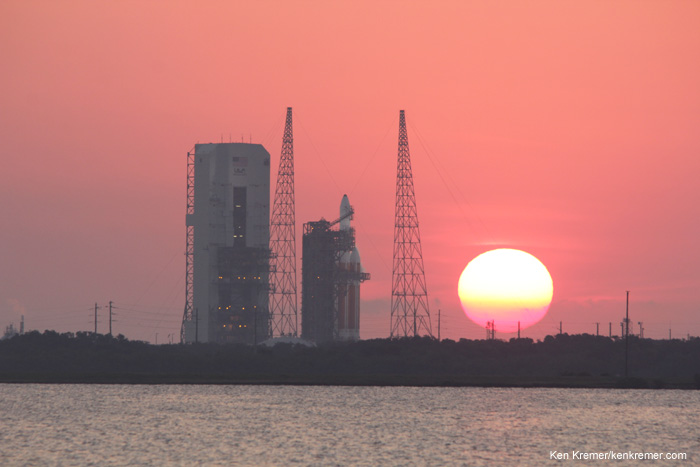
Sun rises behind Delta 4 Heavy launch of NROL-15 for the NRO on June 29, 2012 from Cape Canaveral Air Force
Station at Space Launch Complex-37.
Credit: Ken Kremer
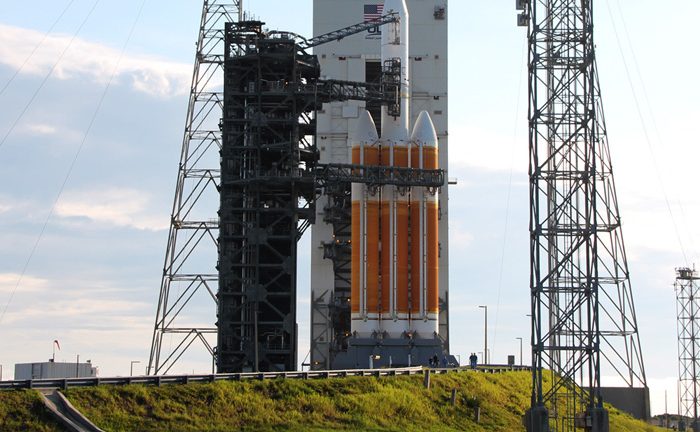
Flock of 5 pelicans fly close recon over unveiled Delta 4 Heavy rocket set to launch NROL-37 spy satellite
to orbit on June 11, 2016 from Cape Canaveral Air Force Station at Space Launch Complex-37. Credit: Ken Kremer
Published on Jun 9, 2016 UlA is launching the 2.1 million lbs thrust "Heavy". We are a US disabled veteran run, non profit video production company
who's mission is to bring other disabled US Veterans to witness a launch, experience US Space History and become part of our report.
Our nonprofit 501(c)(3) is 100% tax deductible, just go to our webpage
which is merged with and find our Donate button. You can help change the life of a US Veteran. Thank You Category Science & Technology License Standard YouTube License
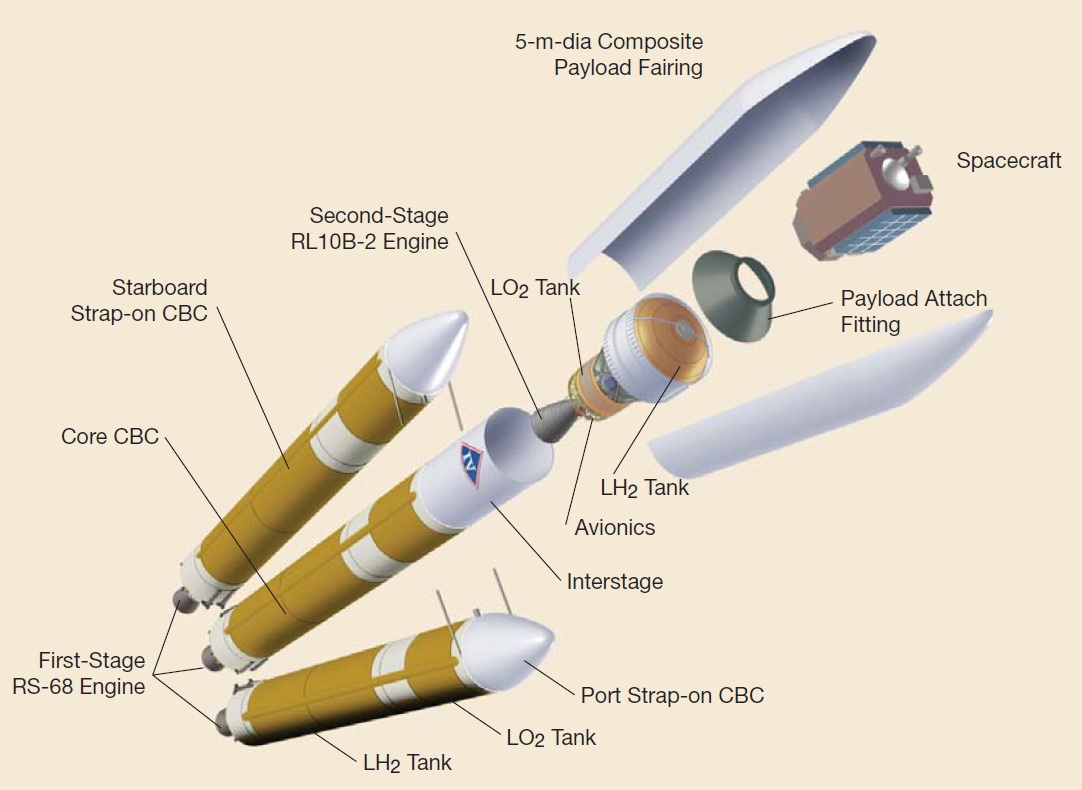
Delta 4 Heavy cutaway diagram. Credit: ULA
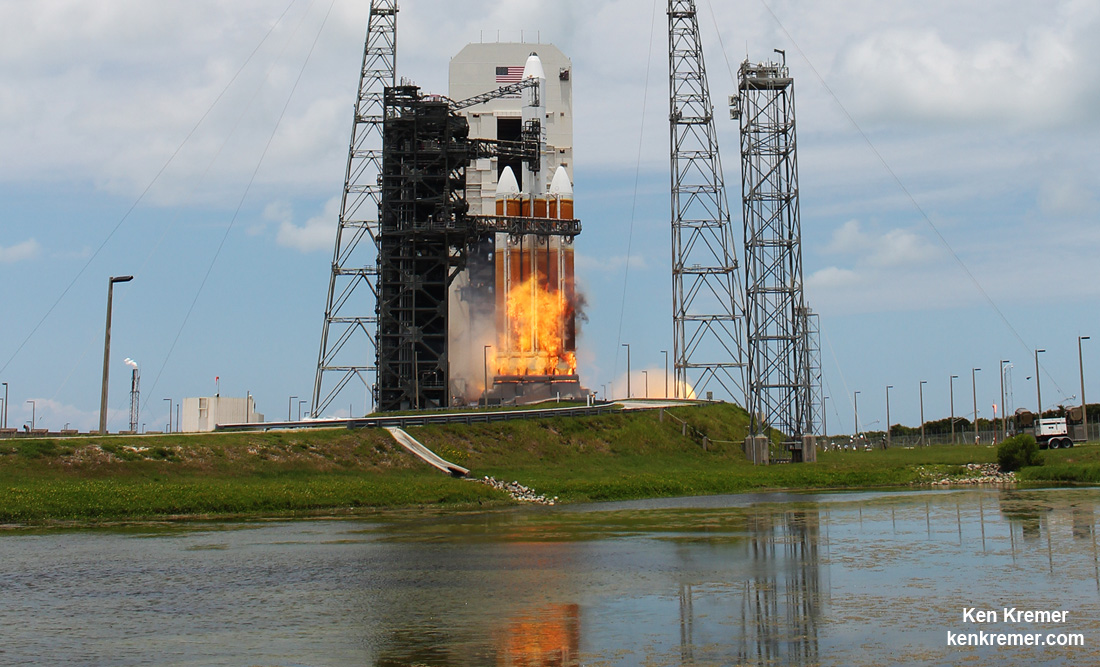
Ignition and liftoff … United Launch Alliance Delta 4 Heavy rocket blasts off with NROL-37 spy satellite on June 11, 2016
from Space Launch Complex-37 on Cape Canaveral Air Force Station, Fl.
Credit: Ken Kremer/
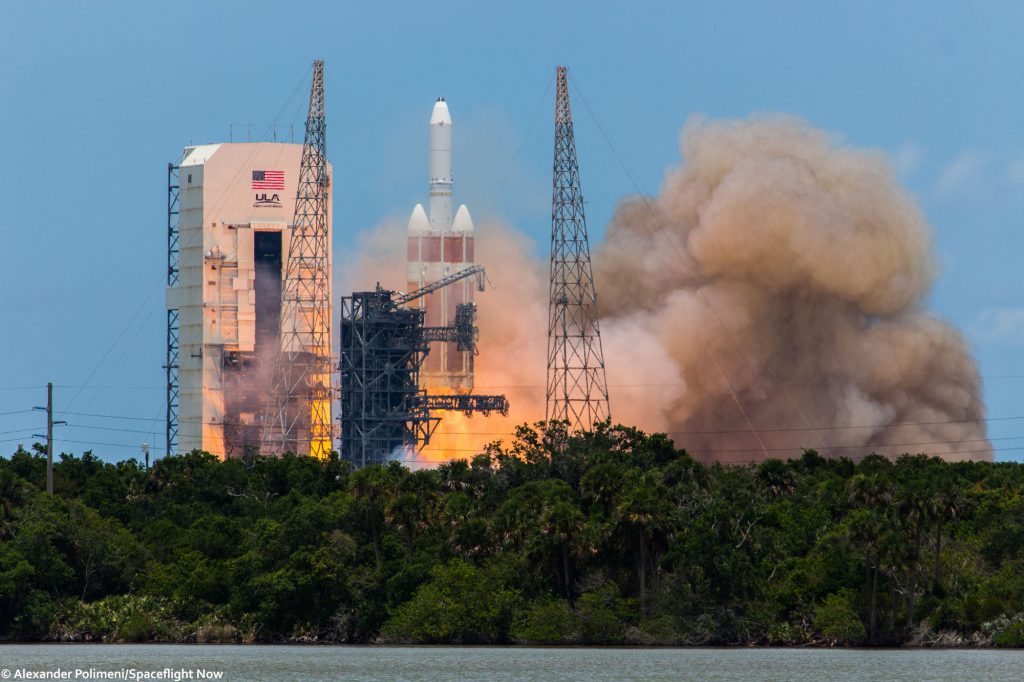
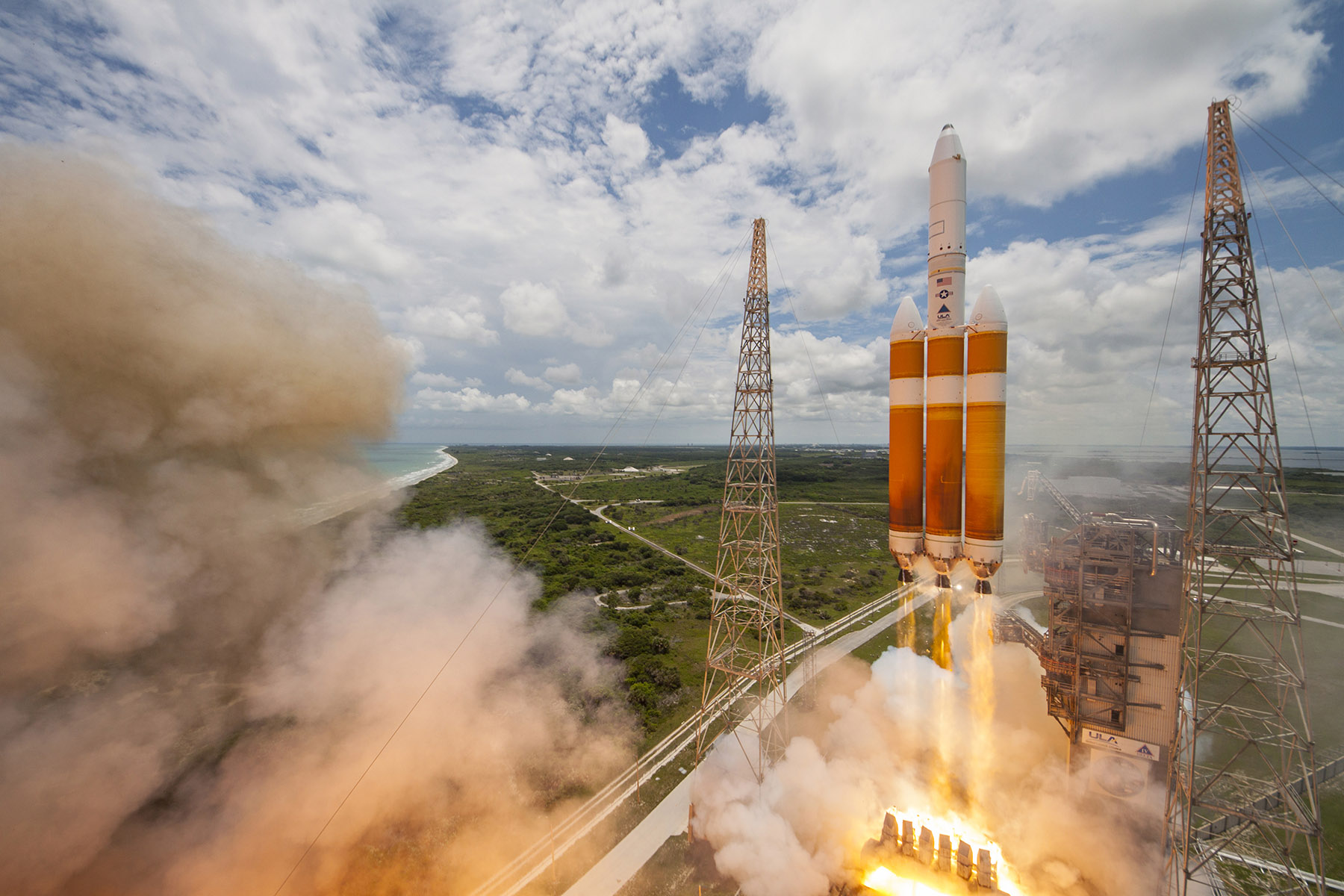
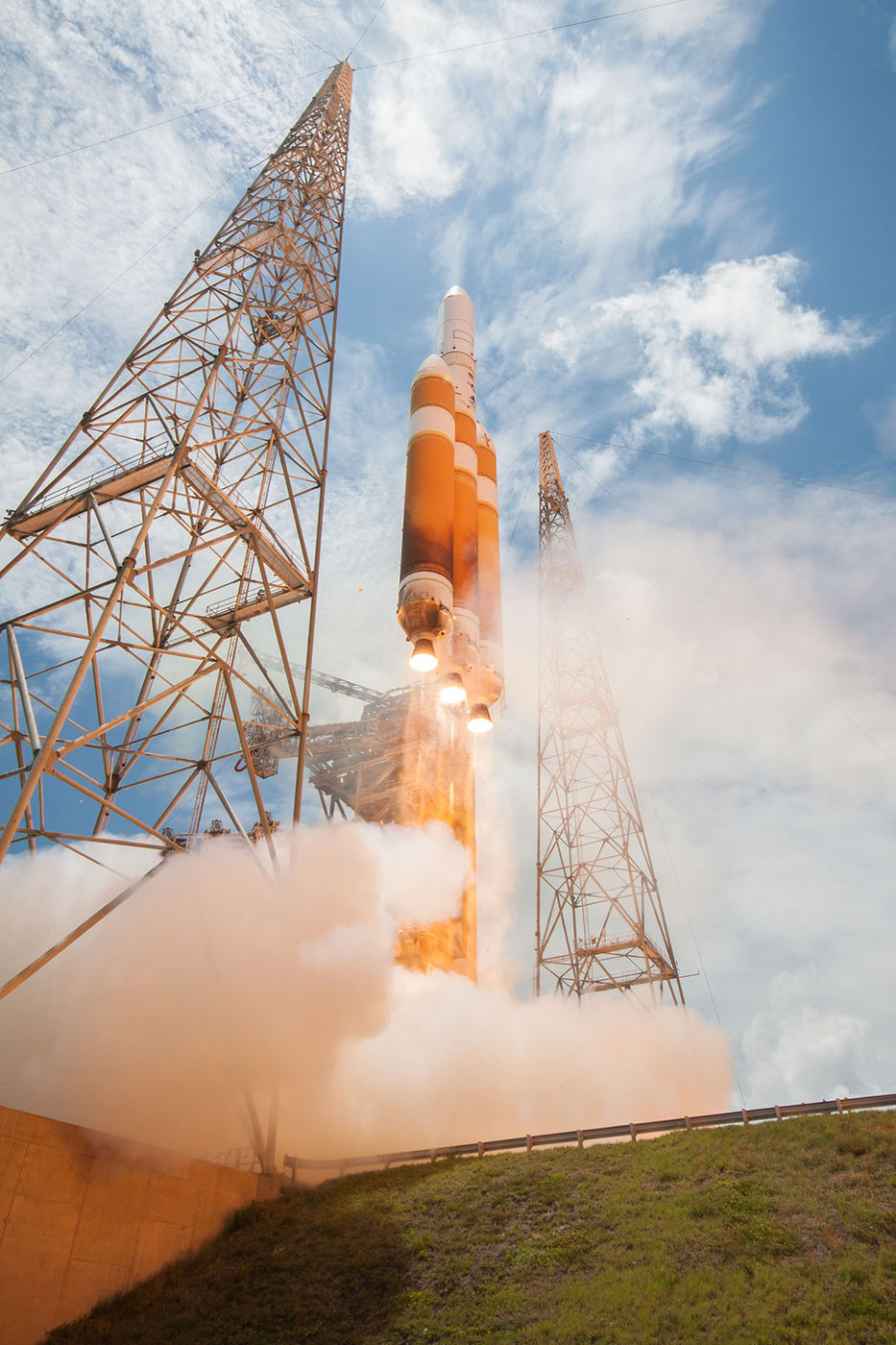
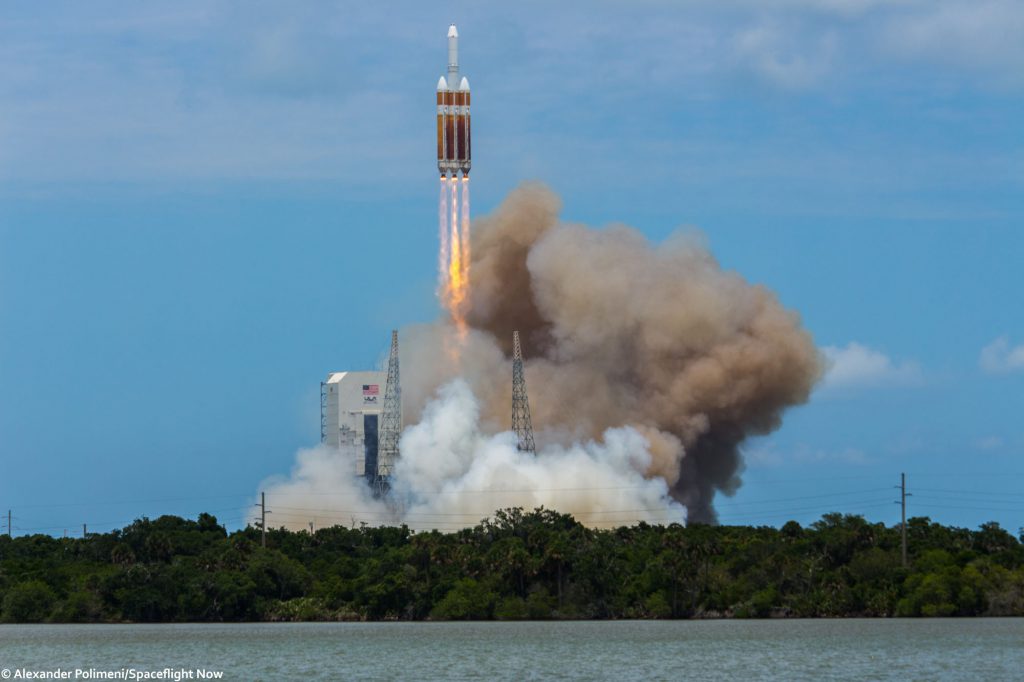
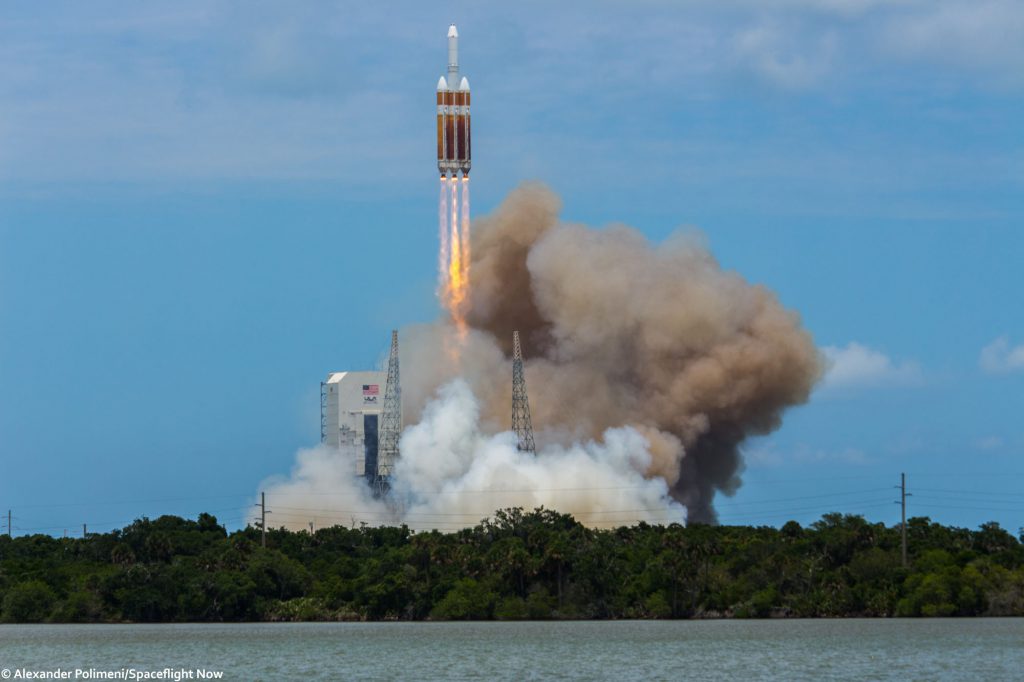

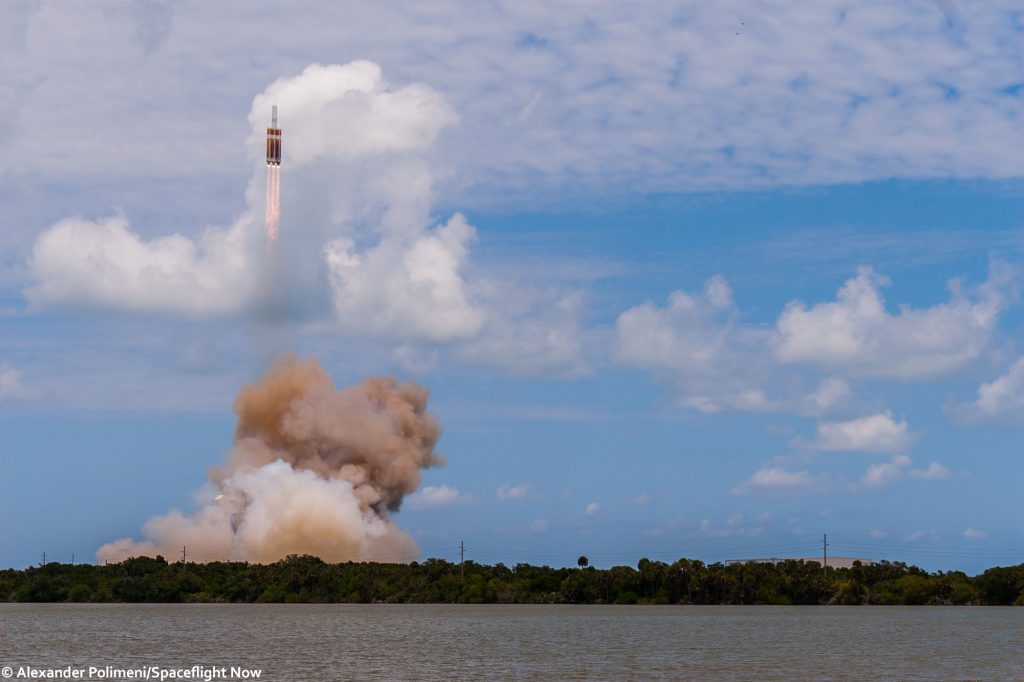

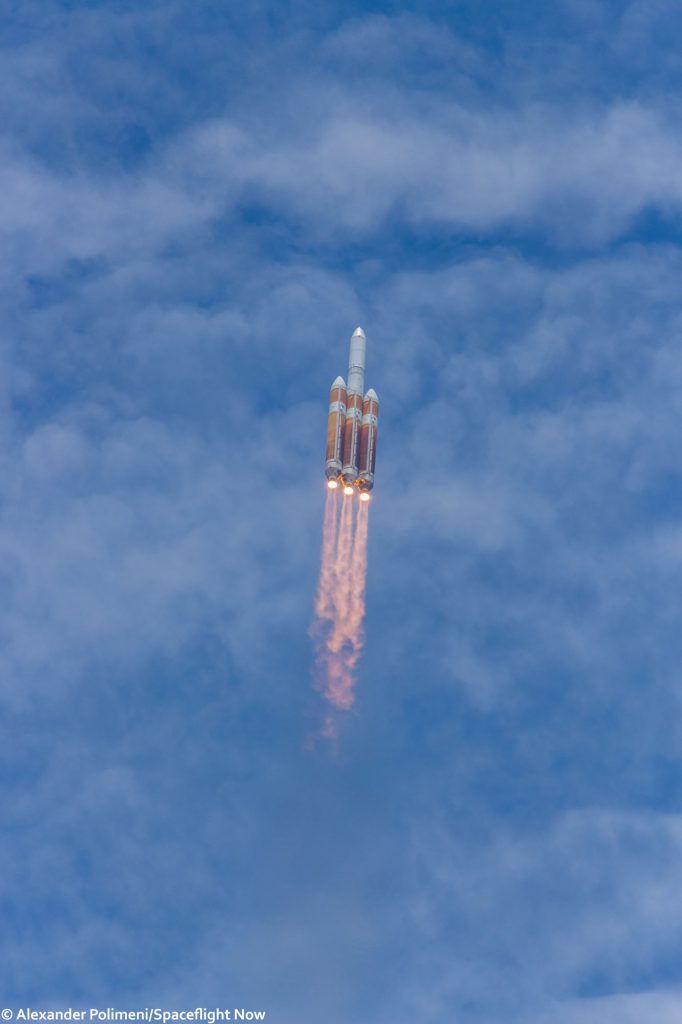
The June 11, 2016 Launch of NROL-37 Members of the news media — reporters and photographers — witnessed the United Launch Alliance
Delta 4-Heavy rocket lifted off from the ITL Causeway on Cape Canaveral Air Force Station, about 1.7 miles from the pad. Photos by Alex Polimeni/Spaceflight Now
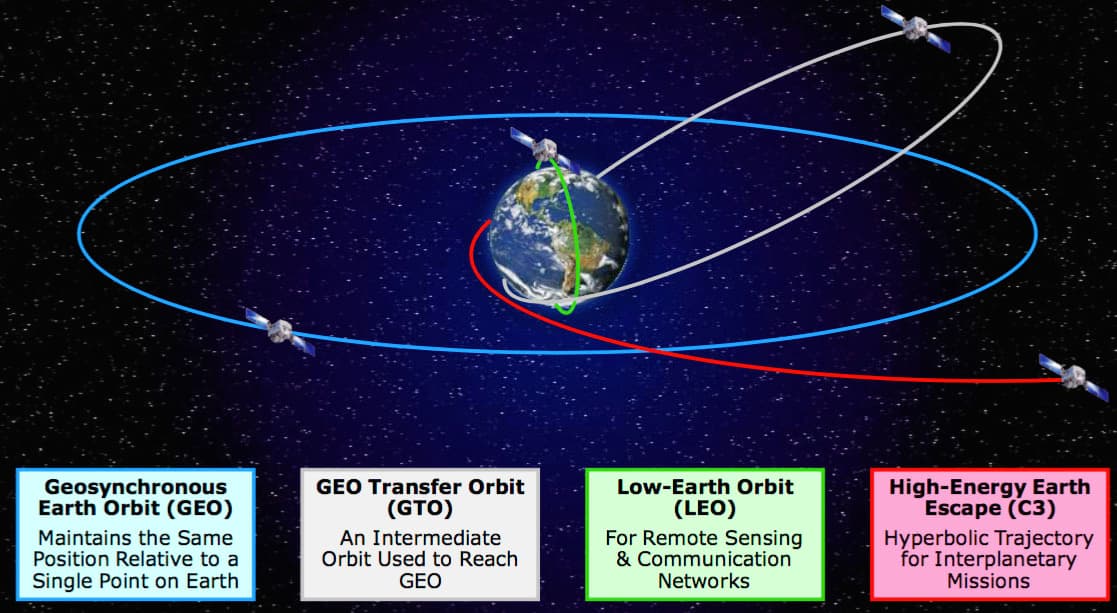
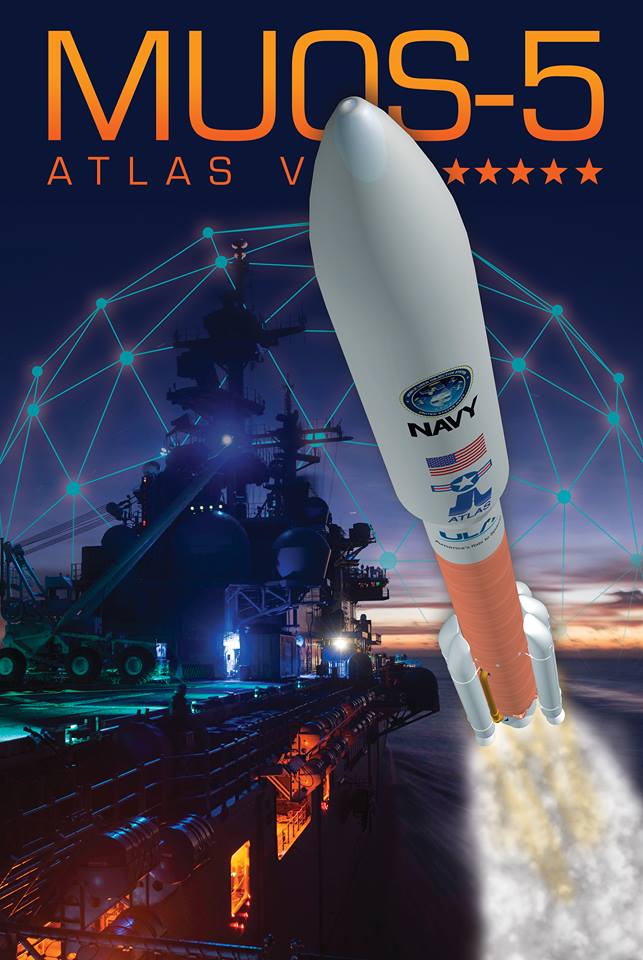
MUOS-5 mission logo. Credit:ULA
Published on Jun 25, 2016 The sounds and fury of a ULA Atlas V 551 rocket blast off carrying Lockheed Martin built MUOS-5
tactical communications satellite to geosynchronous orbit for US Navy on June 24, 2016 at 10:30 a.m. EDT
from Space Launch Complex 41 at Cape Canaveral Air Force Station, Fl, as seen in this up close video from
remote camera positioned at pad. Credit: Ken Kremer Category People & Blogs License Standard YouTube License
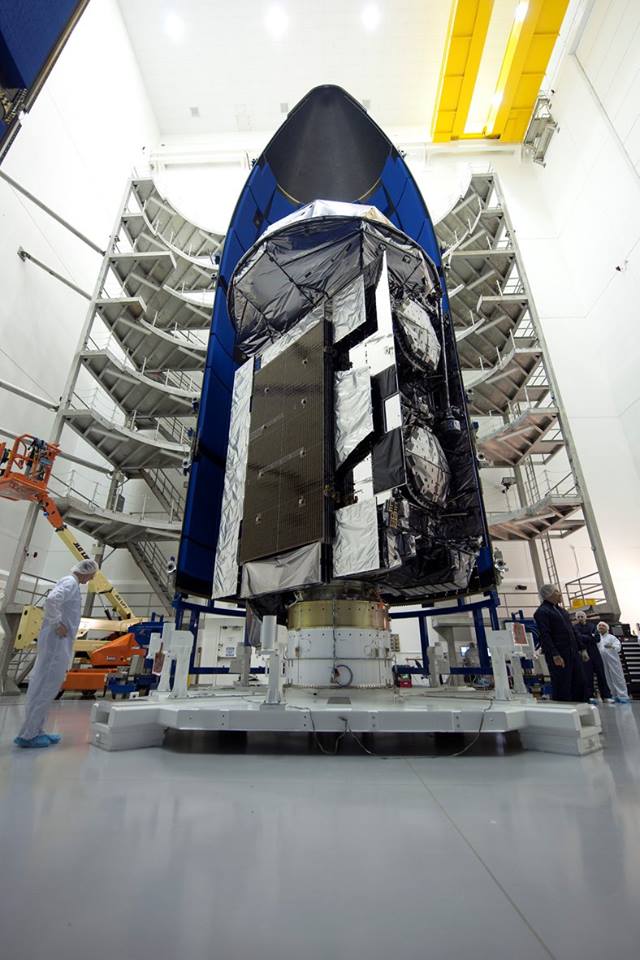
The Navy’s fifth Mobile User Objective System (MUOS) is encapsulated inside an Atlas V five-meter diameter payload fairing. Credit:United Launch Alliance
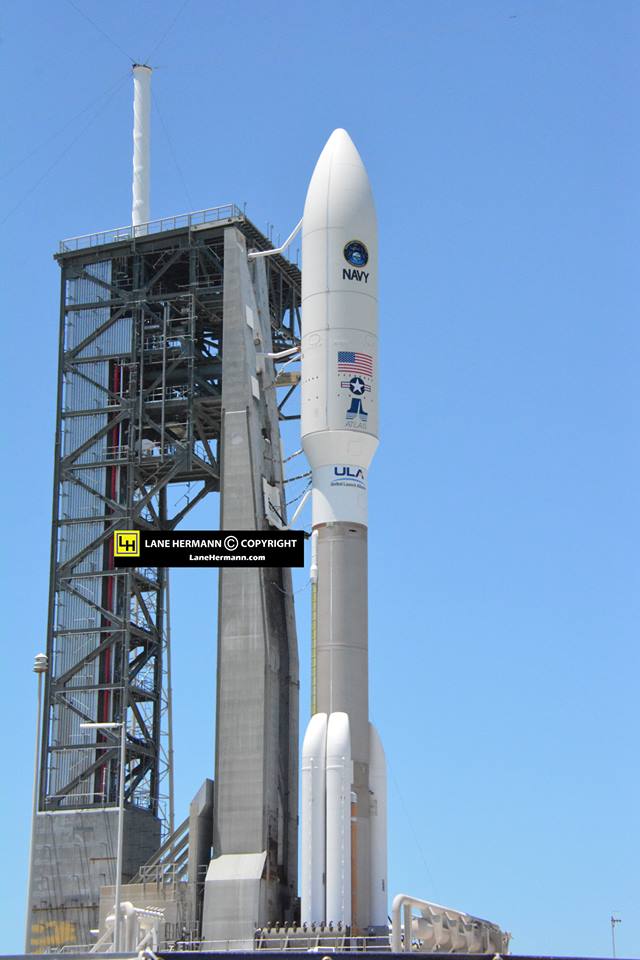
United Launch Alliance (ULA) Atlas V rocket poised for launch on MUOS-5 mission from Space Launch Complex-41 on June 24, 2016.
Credit: Lane Hermann
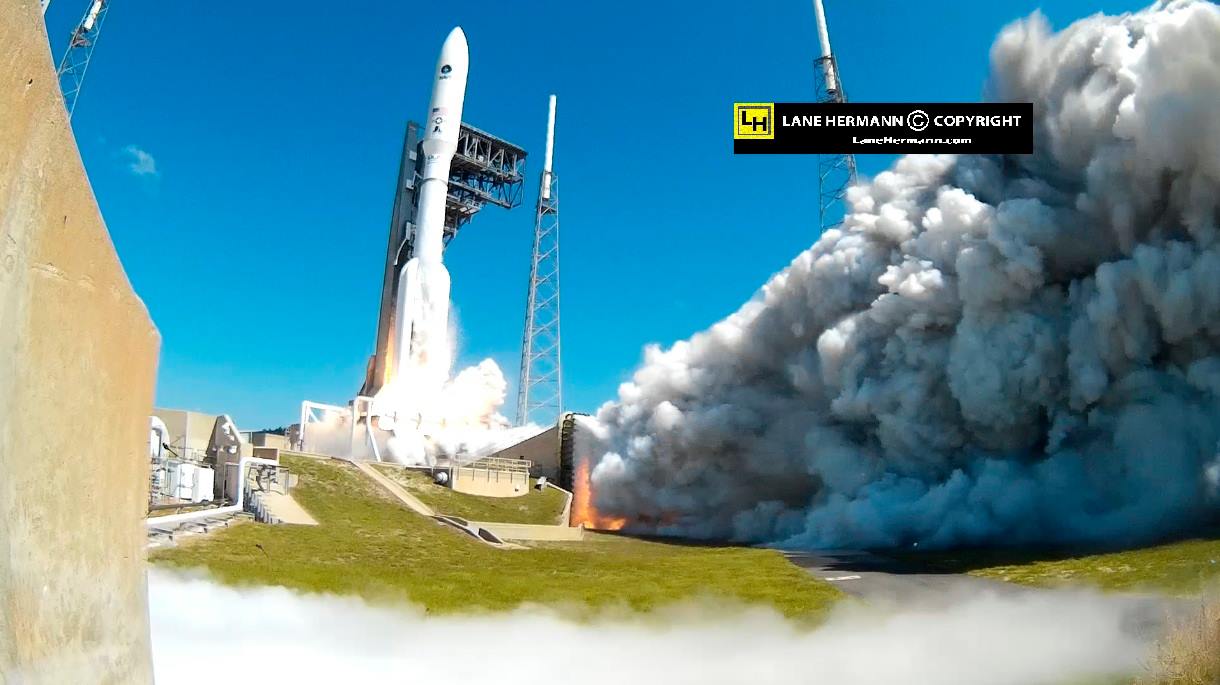
Blastoff of United Launch Alliance (ULA) Atlas V rocket on MUOS-5 mission from Space Launch Complex-41 on June 24, 2016.
Credit: Lane Hermann
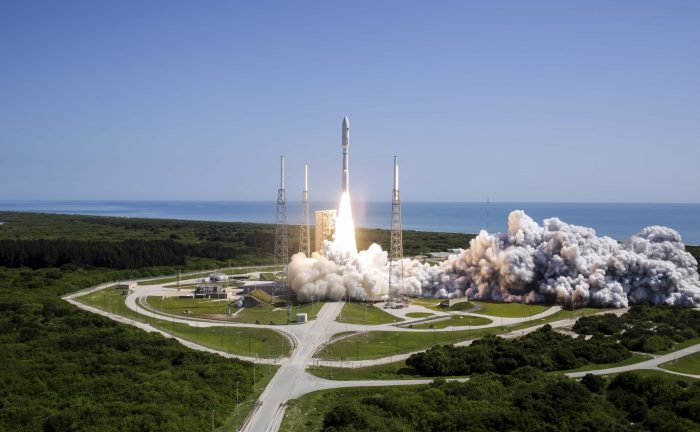
A United Launch Alliance (ULA) Atlas V rocket carrying the MUOS-5 mission lifts off from Space Launch Complex-41 at 10:30 a.m. EDT on June 24, 2016.
Credit: Credit:United Launch Alliance
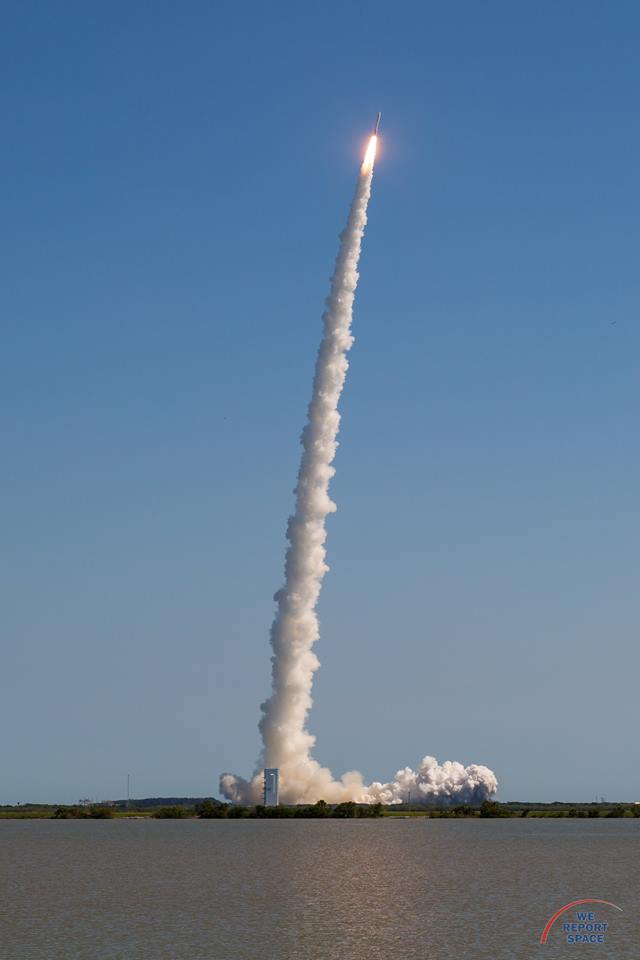
Long plume from MUOS-5 Atlas V Launch by United Launch Alliance from Space Launch Complex-41 on June 24, 2016.
Credit: Michael Seeley
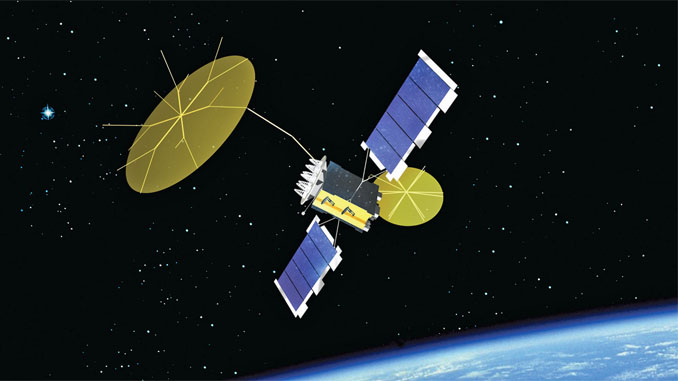
Artist’s concept of a MUOS satellite in orbit. Credit: Lockheed Martin

P>
NASA MOVING AHEAD WITH DEPLOYMENT OF ORION CAPSULE AND SPACE LAUNCH SYSTEM
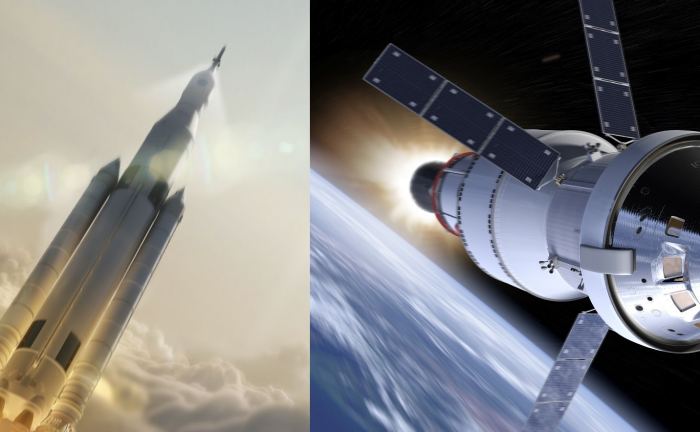
Artist concept of NASA’s Space Launch System (SLS) on the left, and the Orion Multi-Purpose Crew Vehicle (right). Credit: NASA
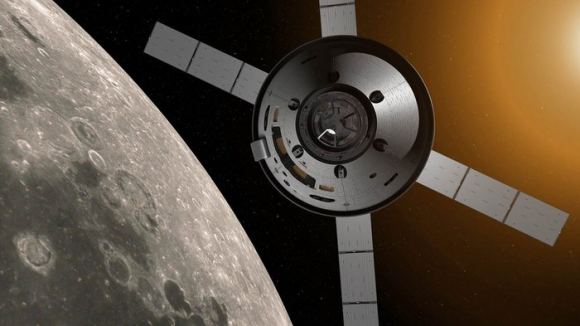
NASA’s Orion spacecraft will carry astronauts further into space than ever before using a module based on Europe’s Automated Transfer Vehicles (ATV). Credit: NASA
In a test targeted for April 2019 known as Ascent Abort-2, NASA will verify the Orion spacecraft’s launch abort system, a tower on top of the crew module, can steer the capsule and astronauts inside it to safety in the event of an issue with the Space Launch System rocket when the spacecraft is under the highest aerodynamic loads it will experience during ascent for deep-space missions. The test is quick, fast and high, lasting less than three minutes with the test crew module reaching an average speed of Mach 1.5, roughly 1020 miles per hour, at approximately 32,000 feet in altitude.
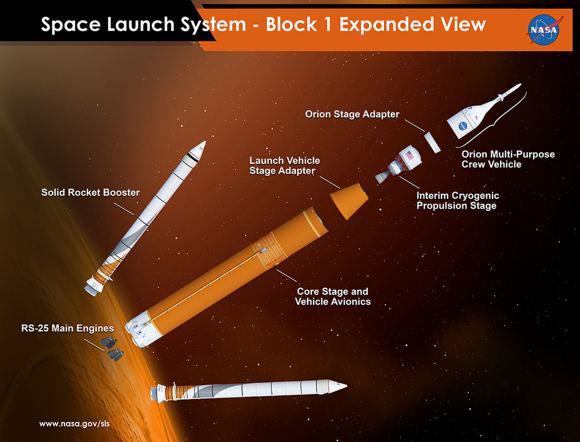
Space Launch System (SLS) Block 1 Expanded View. Credit: NASA
At no other time in history have we had the technology, the know-how, and the public enthusiasm to get humans to Mars. Orion is NASA’s spaceship that will take humans into deep space, but it needs to be a part of a larger system to go to Mars. Lockheed Martin’s concept is called Mars Base Camp and it’s our idea of how to send humanity’s first crewed mission to Mars in about a decade. The Mars Base Camp orbiting outpost could give scientists/astronauts the ability to operate rovers and drones on the surface in real time – helping us better understand the Red Planet and answer fundamental questions: Where did we come from? Where are we going? Are we alone? Credit Lockheed Martin Corporation
In the next eight minutes, you’ll experience a twenty-five-and-a-half-day mission from roll-out to recovery of the first integrated flight test of NASA’s Orion spacecraft and the Space Launch System rocket, launching from the agency’s Kennedy Space Center in Florida. This uncrewed mission will be the first in a planned series of exploration missions beyond the moon, signaling what astronauts who dare to operate in deep space will experience on future flights. Credit: NASA Follow our progress on social media: NASA deep space exploration: Instagram: The Space Launch System rocket: Twitter: Facebook: The Orion spacecraft: Twitter: Facebook: Exploration Ground Systems at Kennedy Space Center: Twitter: Facebook:
NASA’s Exploration Mission-1
Published on Dec 9, 2015 NASA is hard at work building the Orion spacecraft, Space Launch System rocket and the ground systems needed to send astronauts into deep space. The agency is developing the core capabilities needed to enable the journey to Mars. On Exploration Mission-1, the spacecraft will travel thousands of miles beyond the moon over the course of about a three-week mission. HD download link: Category Science & Technology License Standard YouTube License
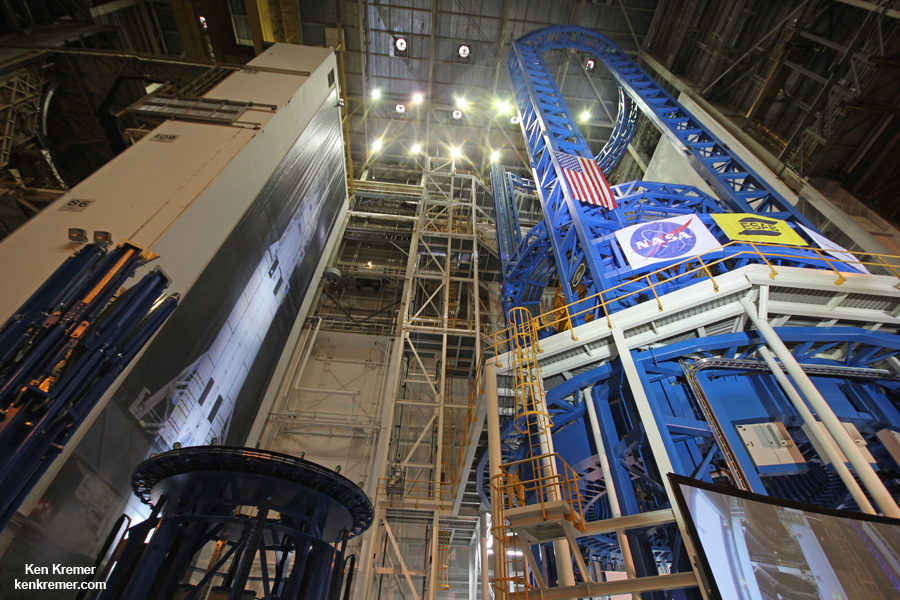
Wide view of the new welding tool at the Vertical Assembly Center at
NASA’s Michoud Assembly Facility in New Orleans at a ribbon-cutting ceremony Sept. 12, 2014.
Credit Ken Kremer
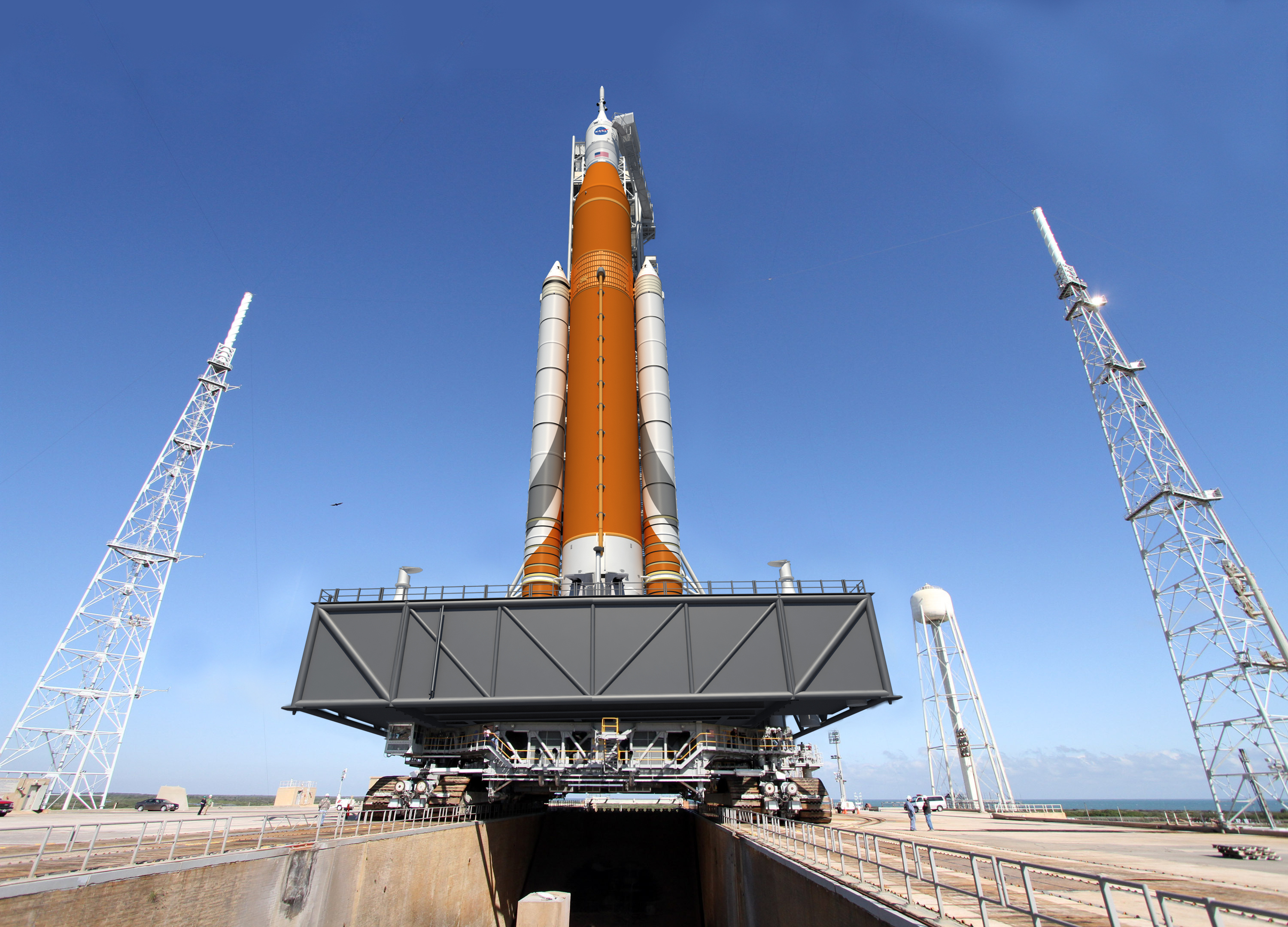
Artist concept of the Block I configuration of NASA’s Space Launch System (SLS).
The SLS Program has completed its critical design review, and the program has concluded
that the core stage of the rocket will remain orange along with the Launch Vehicle Stage Adapter,
which is the natural color of the insulation that will cover those elements.
Credits: NASA
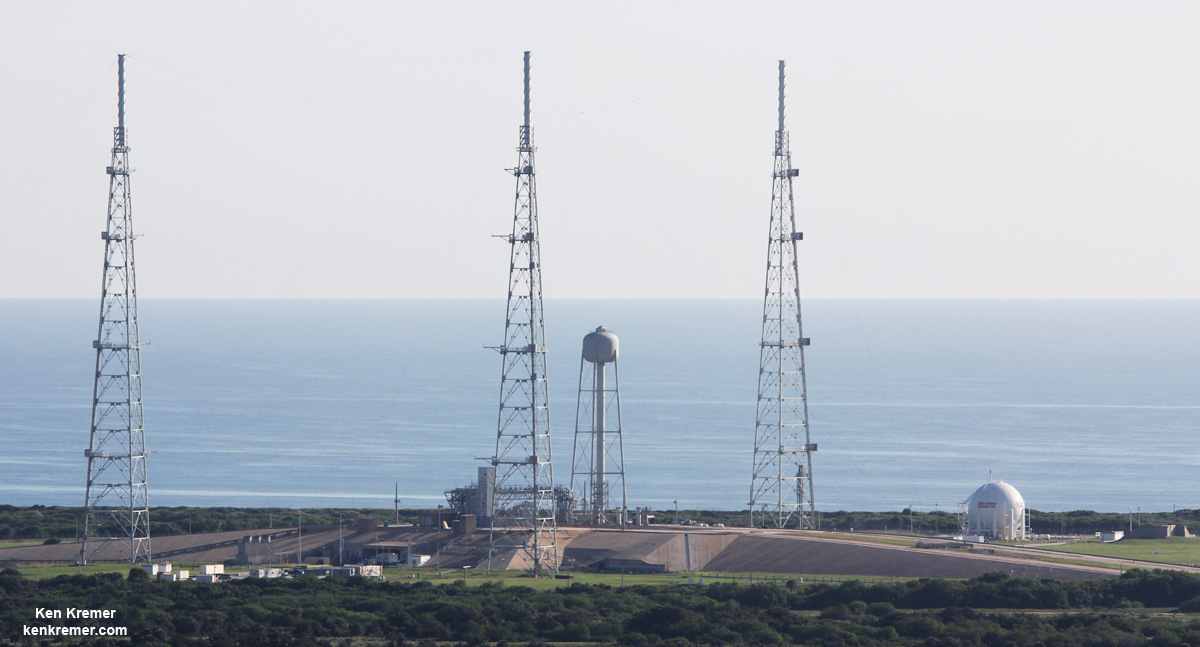
View of NASA’s future SLS/Orion launch pad at Space Launch Complex 39B from atop Mobile Launcher at the Kennedy Space Center in Florida.
Former Space Shuttle launch pad 39B is now undergoing renovations and upgrades to prepare for SLS/Orion flights starting in 2018.
Credit Ken Kremer
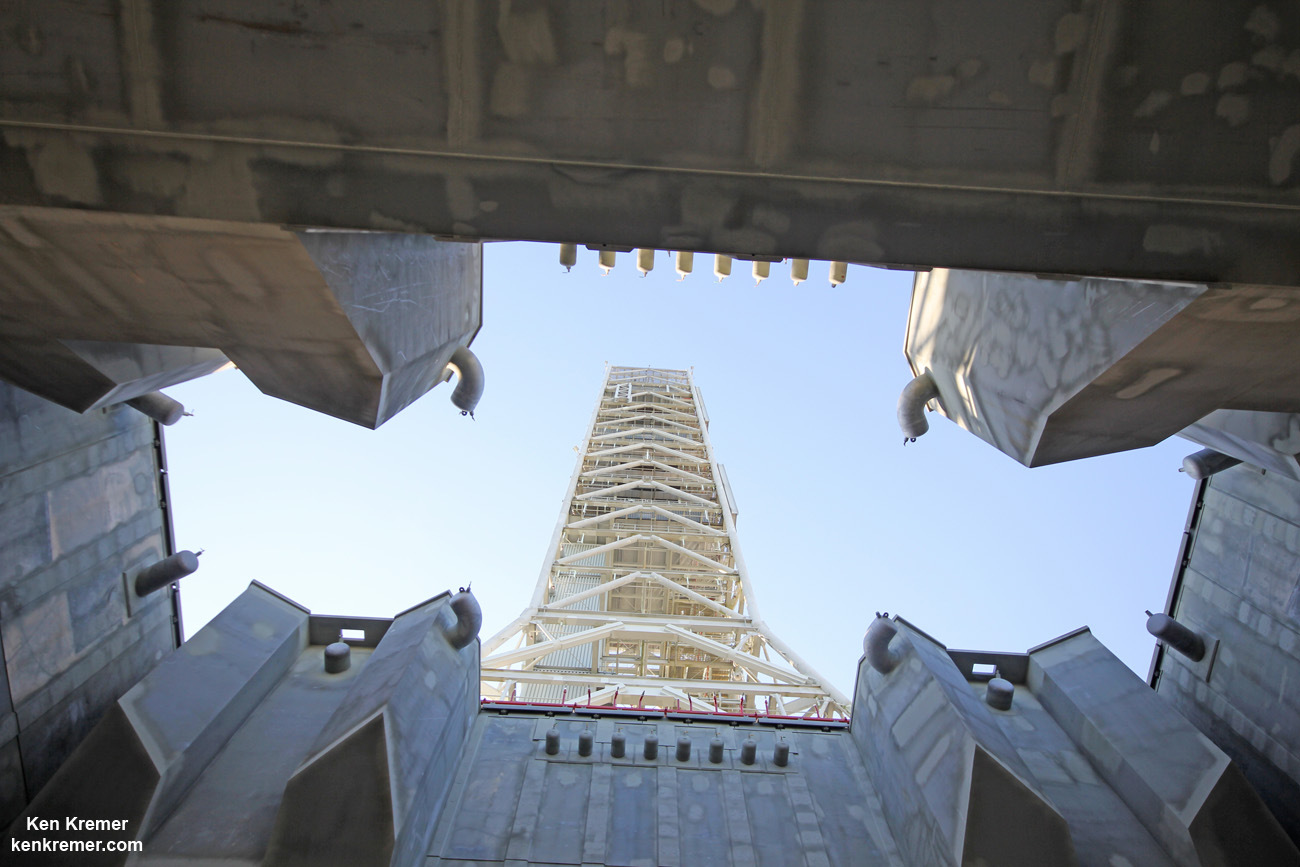
Looking up from beneath the enlarged exhaust hole of the Mobile Launcher to the 380 foot-tall tower
astronauts will ascend as their gateway for missions to the Moon, Asteroids and Mars.
The ML will support NASA’s Space Launch System (SLS) and Orion spacecraft during Exploration Mission-1
at NASA’s Kennedy Space Center in Florida. Credit Ken Kremer

NASA’s Space Launch System, or SLS, will be the most powerful rocket in history. The flexible, evolvable design of this advanced,
heavy-lift launch vehicle will meet a variety of crew and cargo mission needs.
In addition to carrying the Orion spacecraft, SLS will transfer important cargo, equipment and science experiments
to deep space, providing the nation with a safe, affordable and sustainable means to expand our reach in the solar system.
It will allow astronauts aboard Orion to explore multiple deep-space destinations including an asteroid and ultimately Mars.
The first configuration of the SLS launch vehicle will have a 70-metric-ton (77-ton) lift capacity and carry an uncrewed Orion spacecraft
beyond low-Earth orbit to test the performance of the integrated system. As the SLS is evolved,
it will be the most powerful rocket ever built and provide an unprecedented lift capability of 130 metric tons (143 tons)
to enable missions even farther into our solar system. Image Credit: NASA Last Updated: July 30, 2015 Editor: Sarah Loff
Boeing has a great booklet on their Boeing's Booklet on the sls Rocket
A great reference on Space Nuclear Power!
NASA Orion spacecraft blasts off atop 1st Space Launch System rocket in 2018 –
attached to European provided service module – on an enhanced uncrewed mission to Deep Space where an asteroid could be visited in the mid 2020s.
Credit: NASA
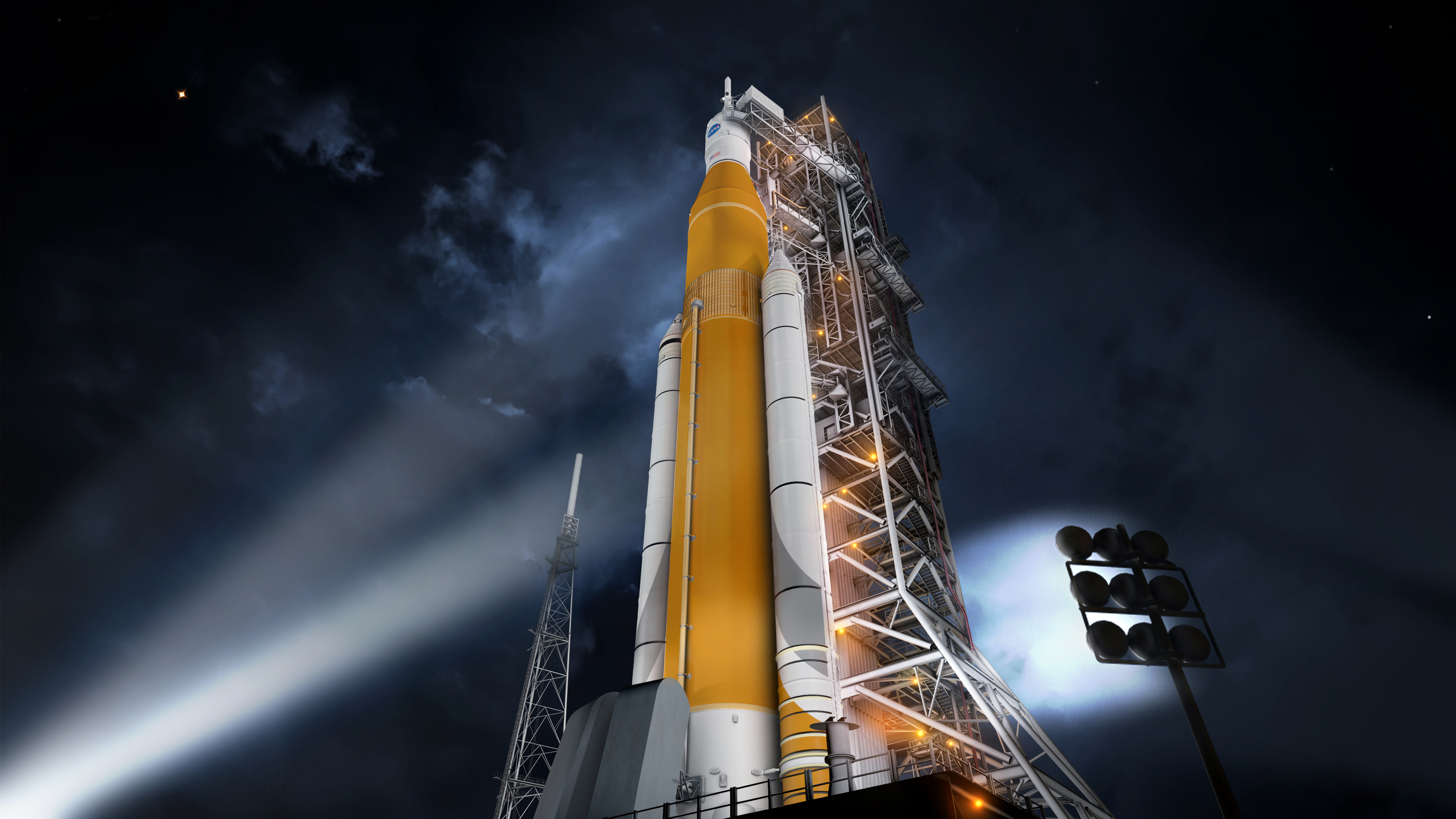
Artist concept of the SLS Block 1 configuration on the Mobile Launcher at KSC. Credit: NASA/MSFC
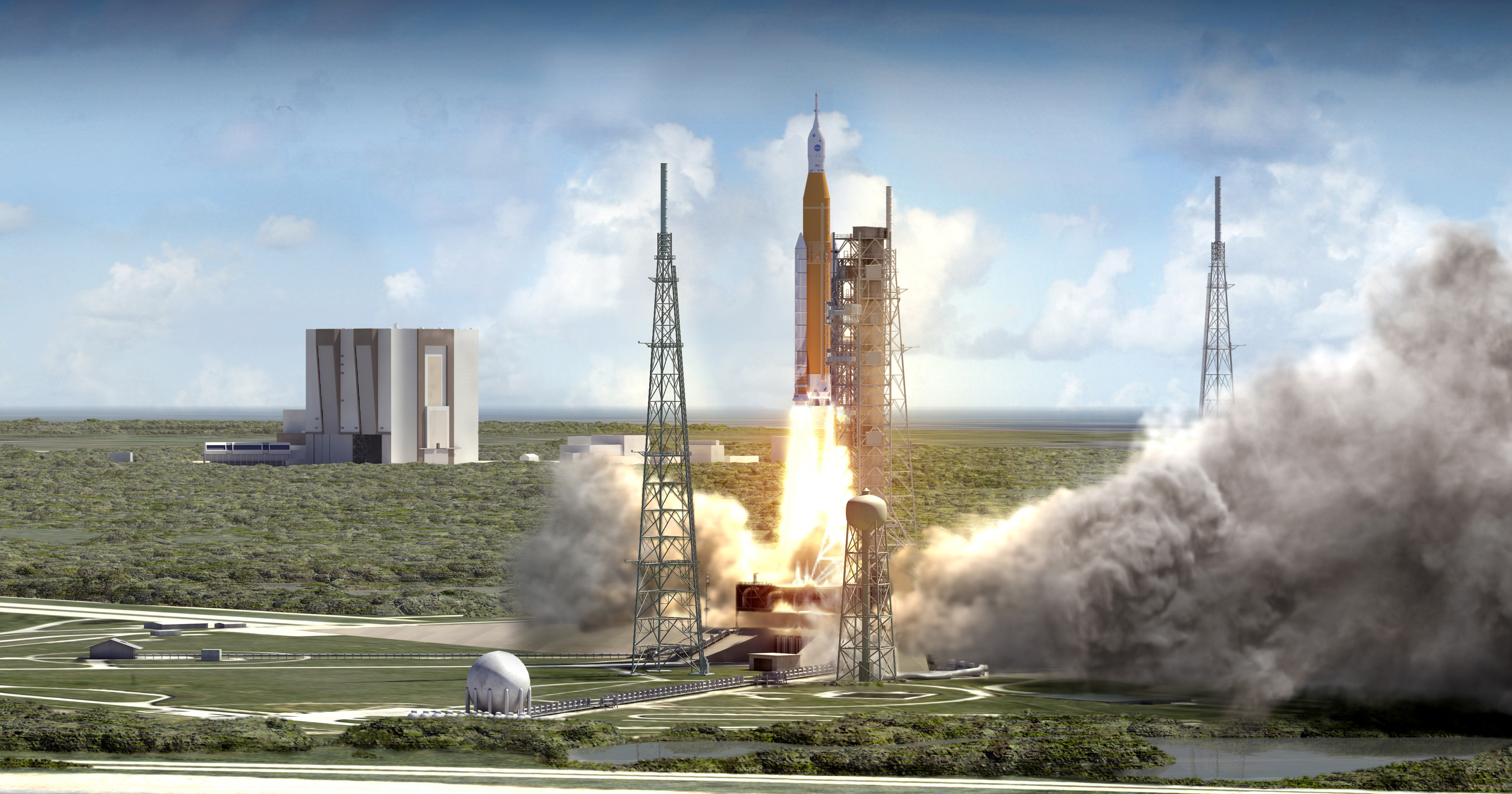
NASA’s Space Launch System (SLS) blasts off from launch pad 39B at the Kennedy Space Center
in this artist rendering showing a view of the liftoff of the Block 1 70-metric-ton (77-ton) crew vehicle configuration.
Credit: NASA/MSFC Story/imagery updated
The core stage (first stage) of the SLS will be powered by four RS-25 engines and a pair of five-segment solid rocket boosters (SRBs)
that will generate a combined 8.4 million pounds of liftoff thrust in its inaugural Block 1 configuration, with a minimum 70-metric-ton (77-ton)
lift capability.
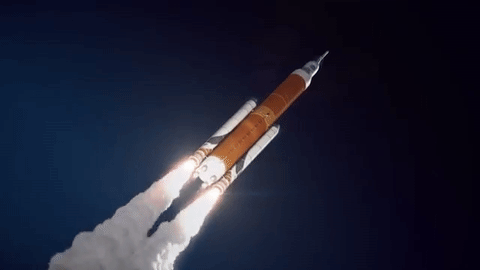
@nasaorion spacecraft will launch on the Space Launch system (the largest spacecraft every built, even bigger than the Saturn V rocket!). Both are under construction @nasa currently, and this is the spacecraft that will take us beyond the low earth orbit of the International Space Station, whether that be the Moon, Mars, or beyond. We will conduct test missions with astronauts on Orion in the early 2020s, and a first mission will take us 40,000 miles beyond the Moon!
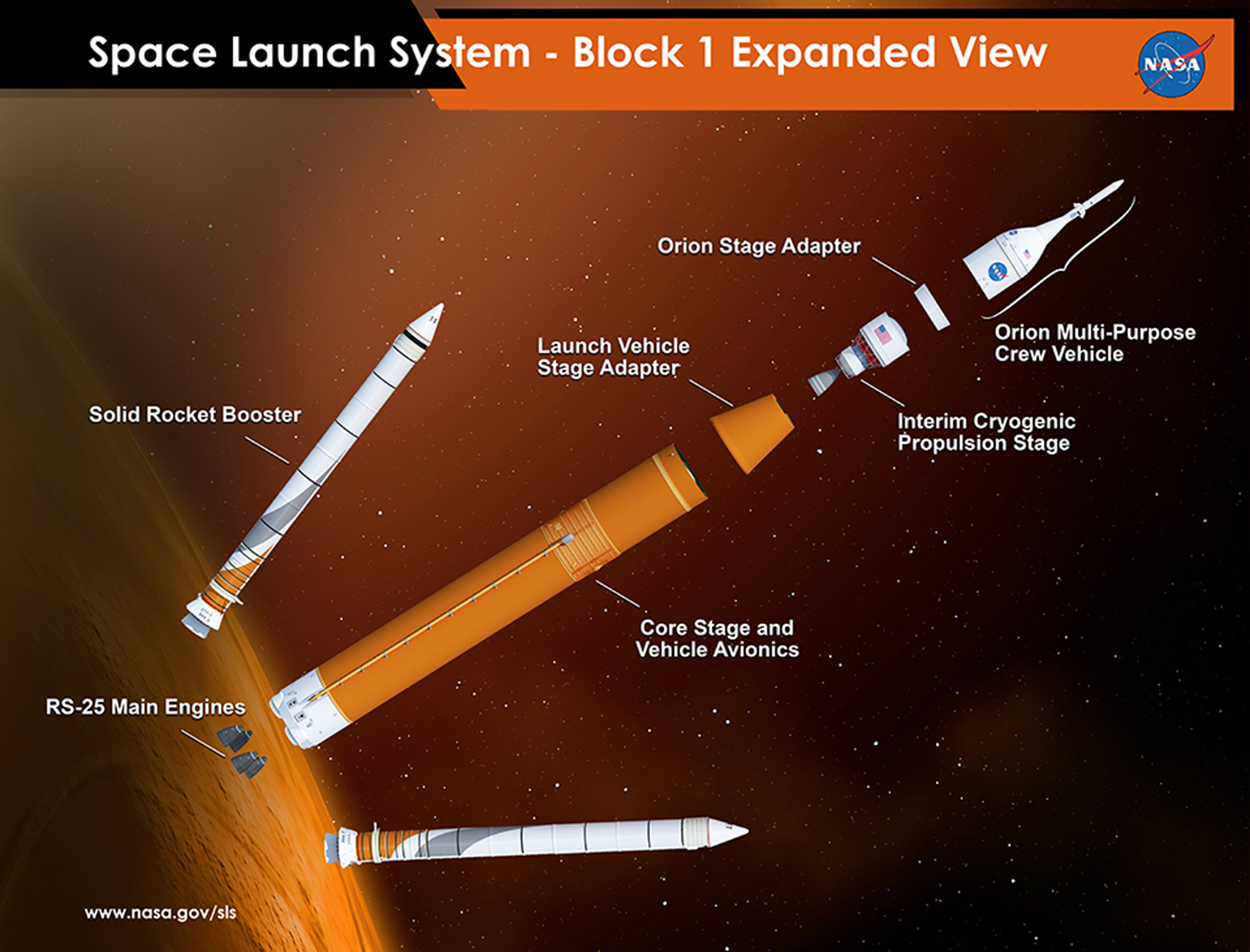
Graphic shows Block I configuration of NASA’s Space Launch System (SLS). Credits: NASA/MSFC
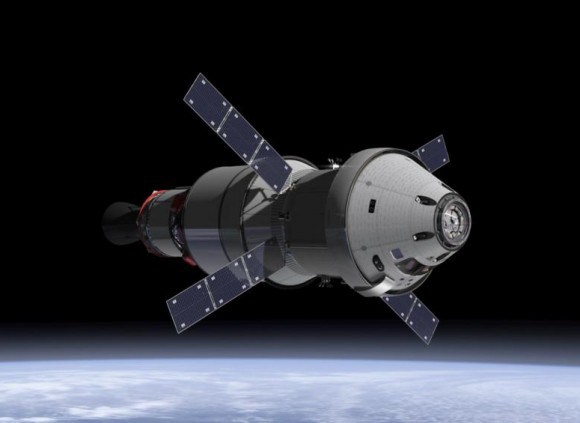

The Indian Space Research Organisation (#ISRO ) successfully conducted a test on Saturday Mar. 14 2015
to check the GSLV Mk III launch vehicle�s indigenous cryogenic CE-20 engine at ISRO Propulsion Complex (IPRC)
in Mahendragiri, Tirunelveli district. The test is just the latest step toward providing the ISRO with the
capability of sending astronauts to low-Earth orbit (LEO).
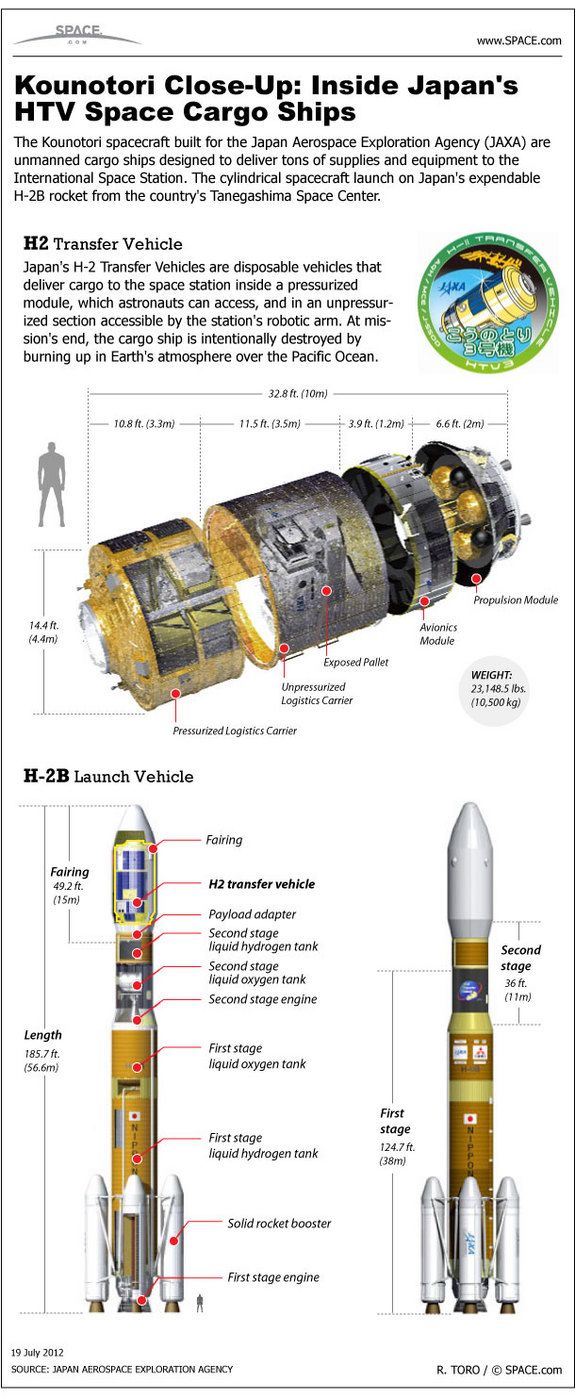
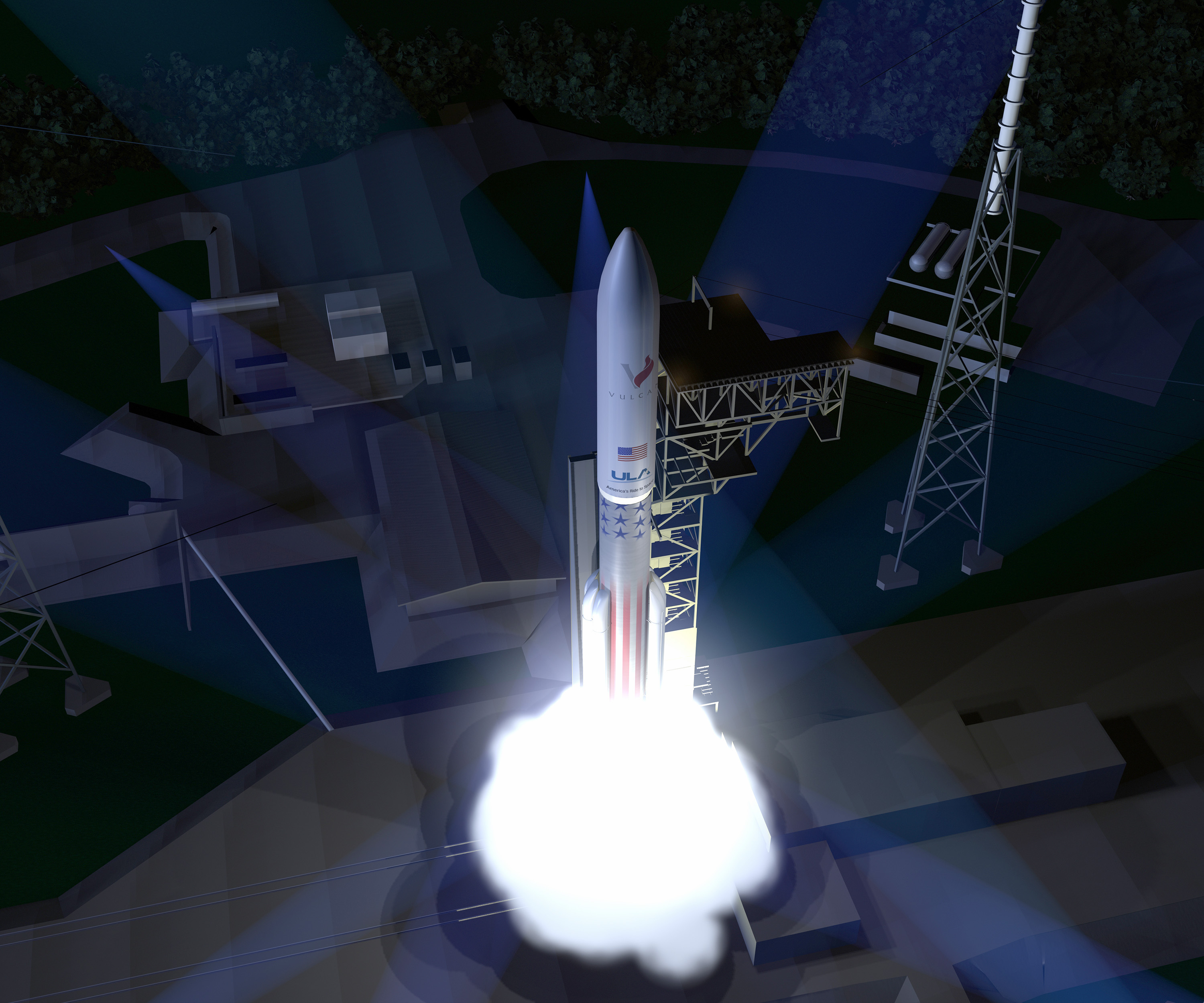
Rendering of the ULA Vulcan rocket blasting off. United Launch Alliance (ULA) next generation rocket is set to make its debut flight in 2019. Credit: ULA
From DARPA it's The 100 year star ship project!
UPDATE for 8:53 pm ET: SpaceX appears to have successfully landed a Falcon 9 rocket back on Earth after launching into orbit!
The company also successfully launched all 11 ORBCOMM satellites during the historic spaceflight.
Published on Jan 27, 2015 When Falcon Heavy lifts off later this year, it will be the most powerful operational rocket in the world by a factor of two.
Thrust at liftoff is equal to approximately eighteen 747 aircraft operating simultaneously.
Category Science & Technology License Standard YouTube License
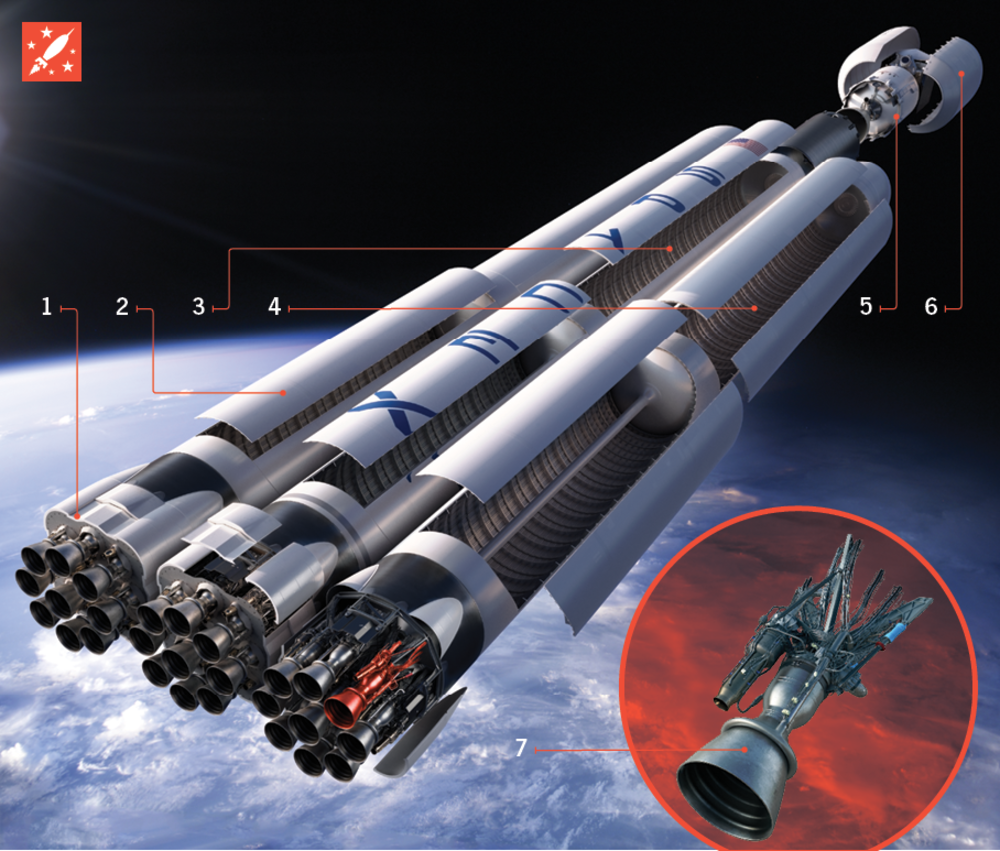

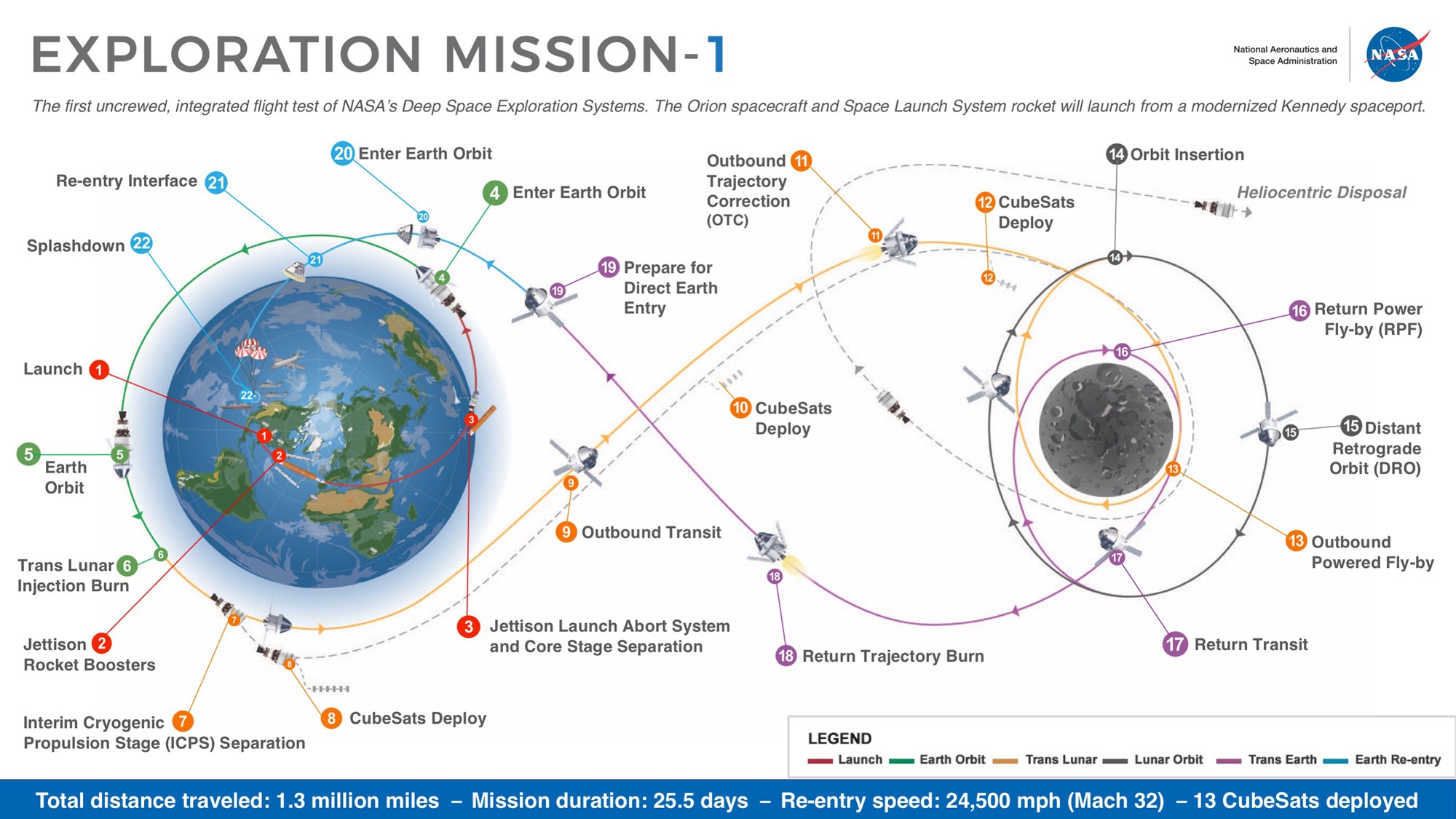
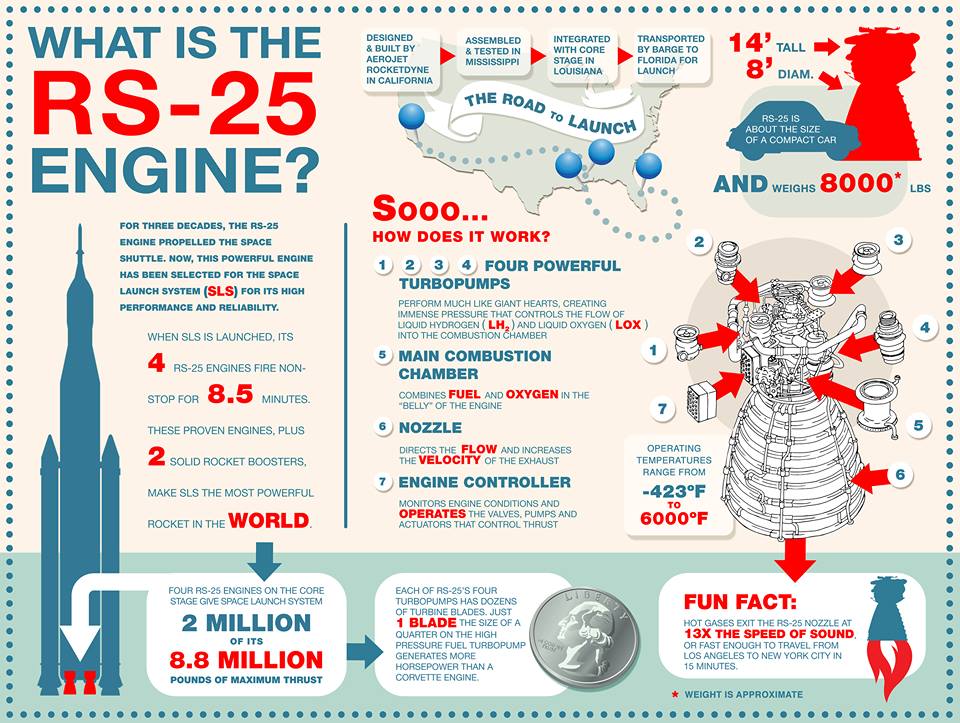
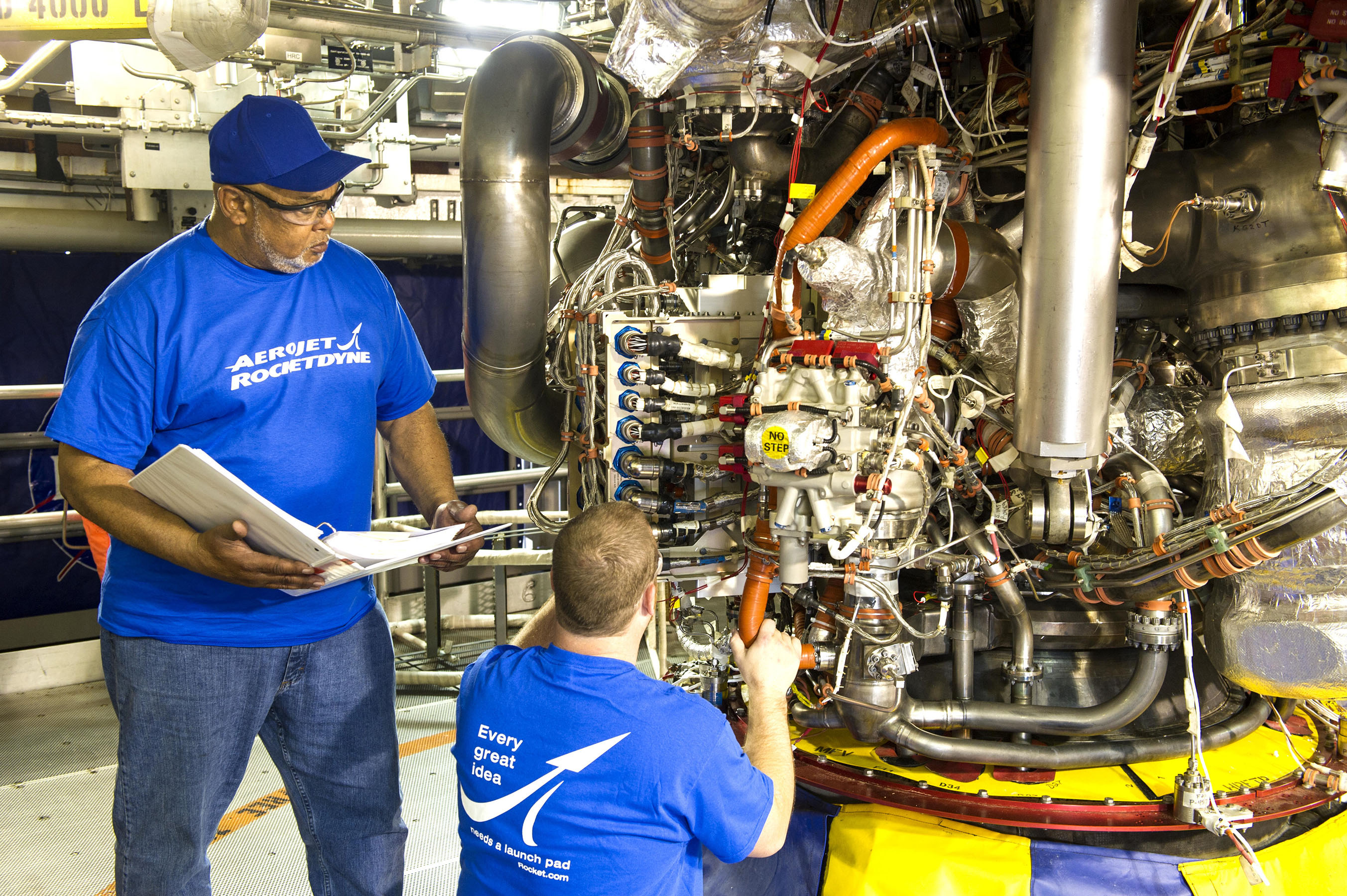
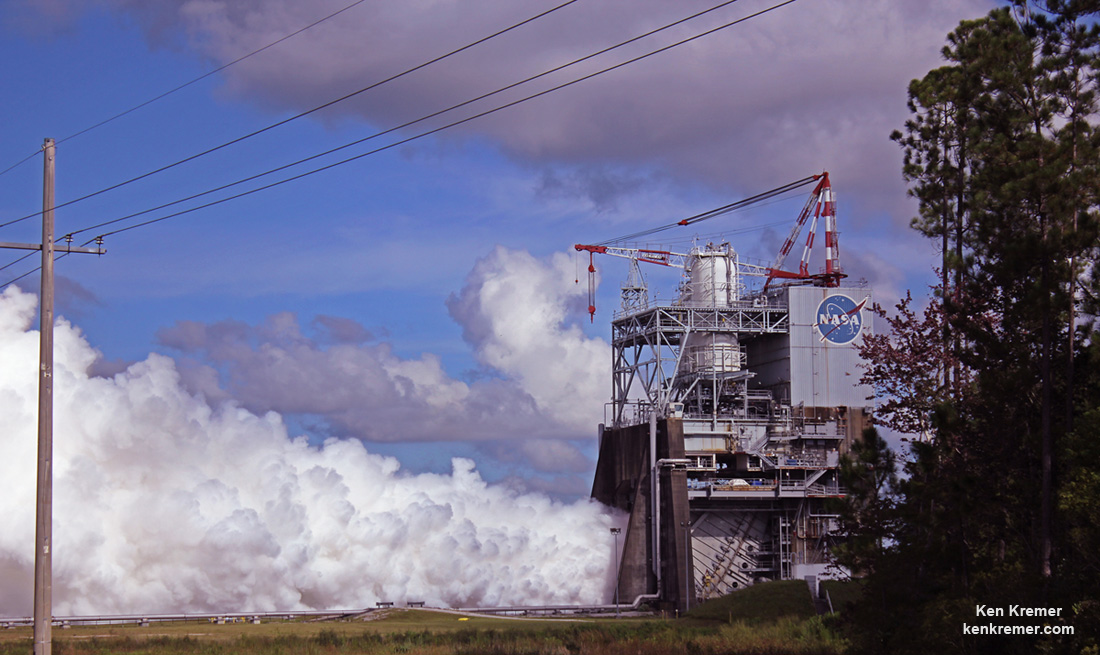

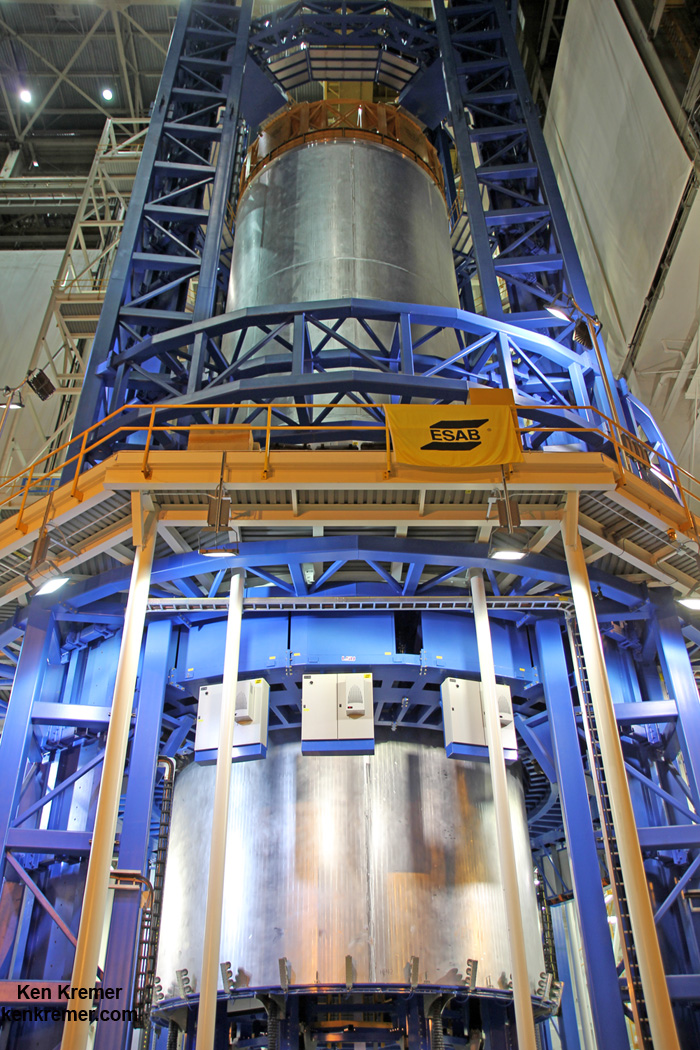
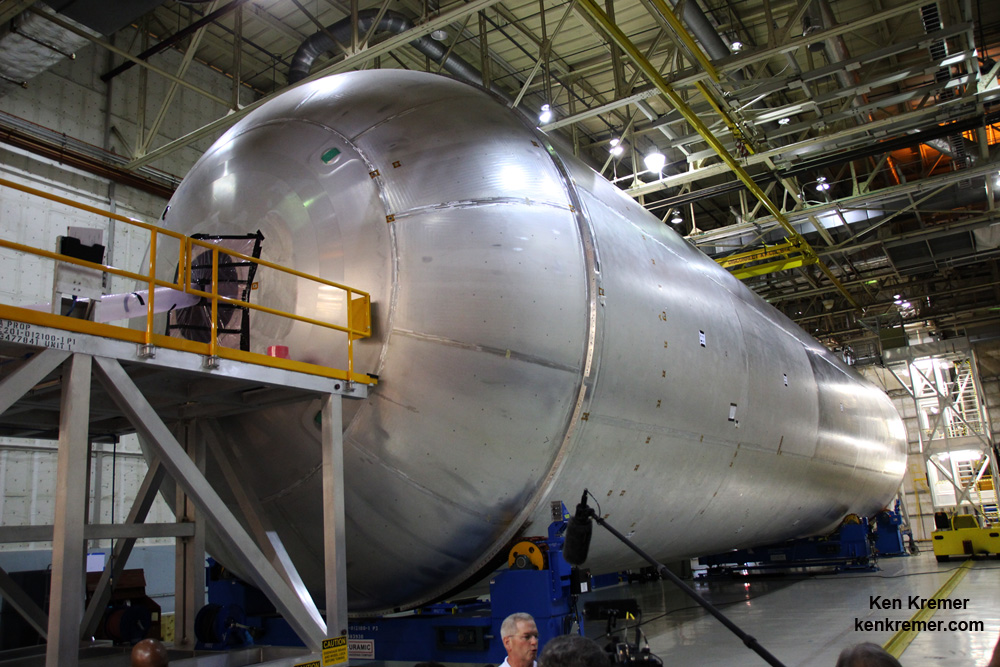

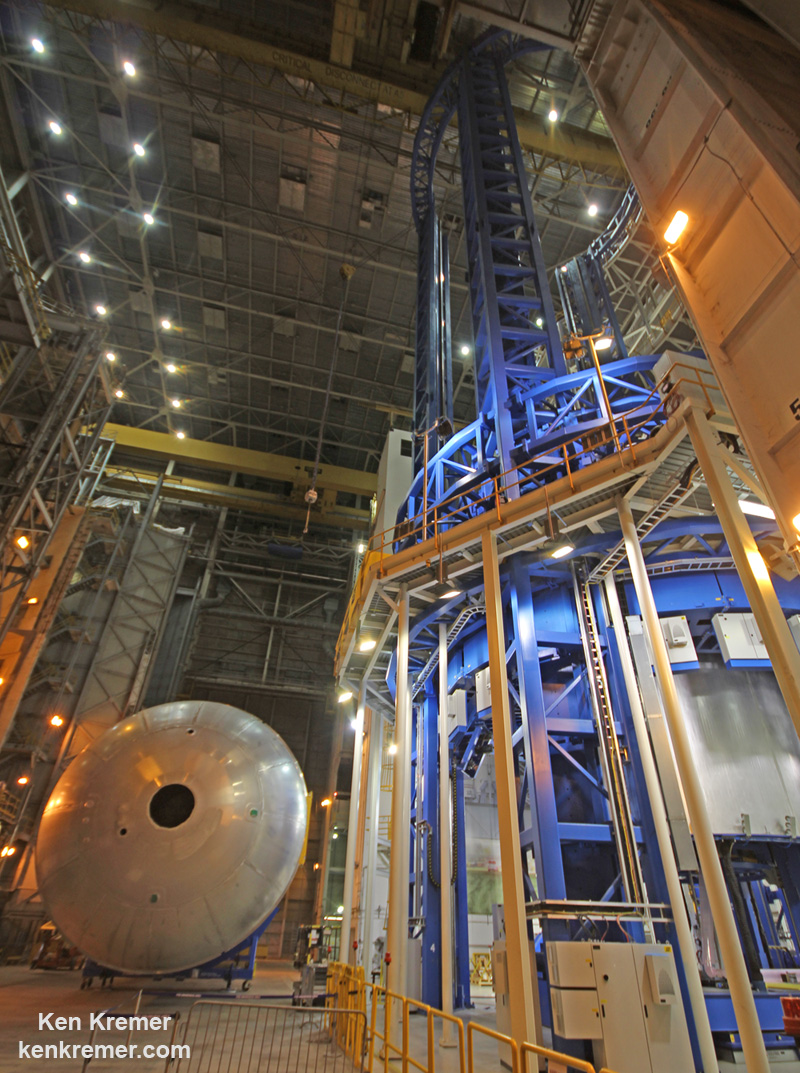
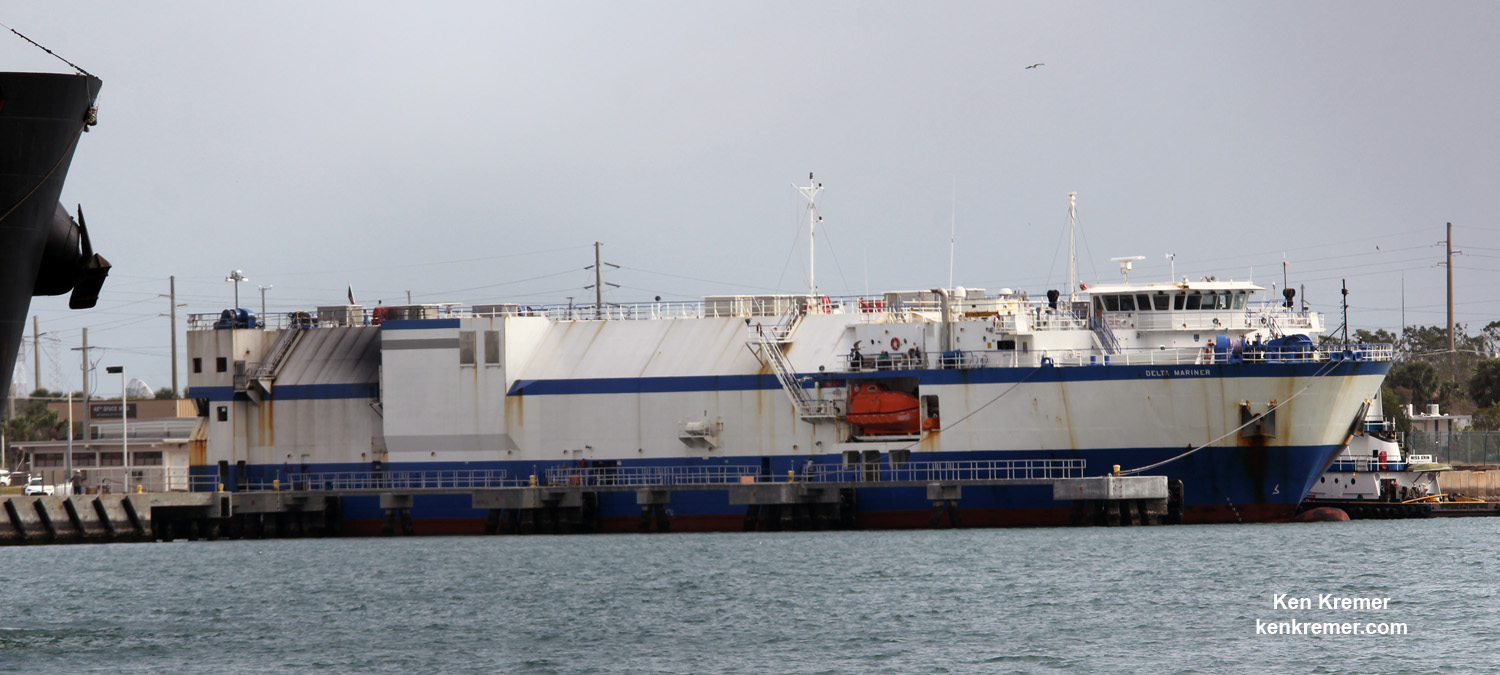
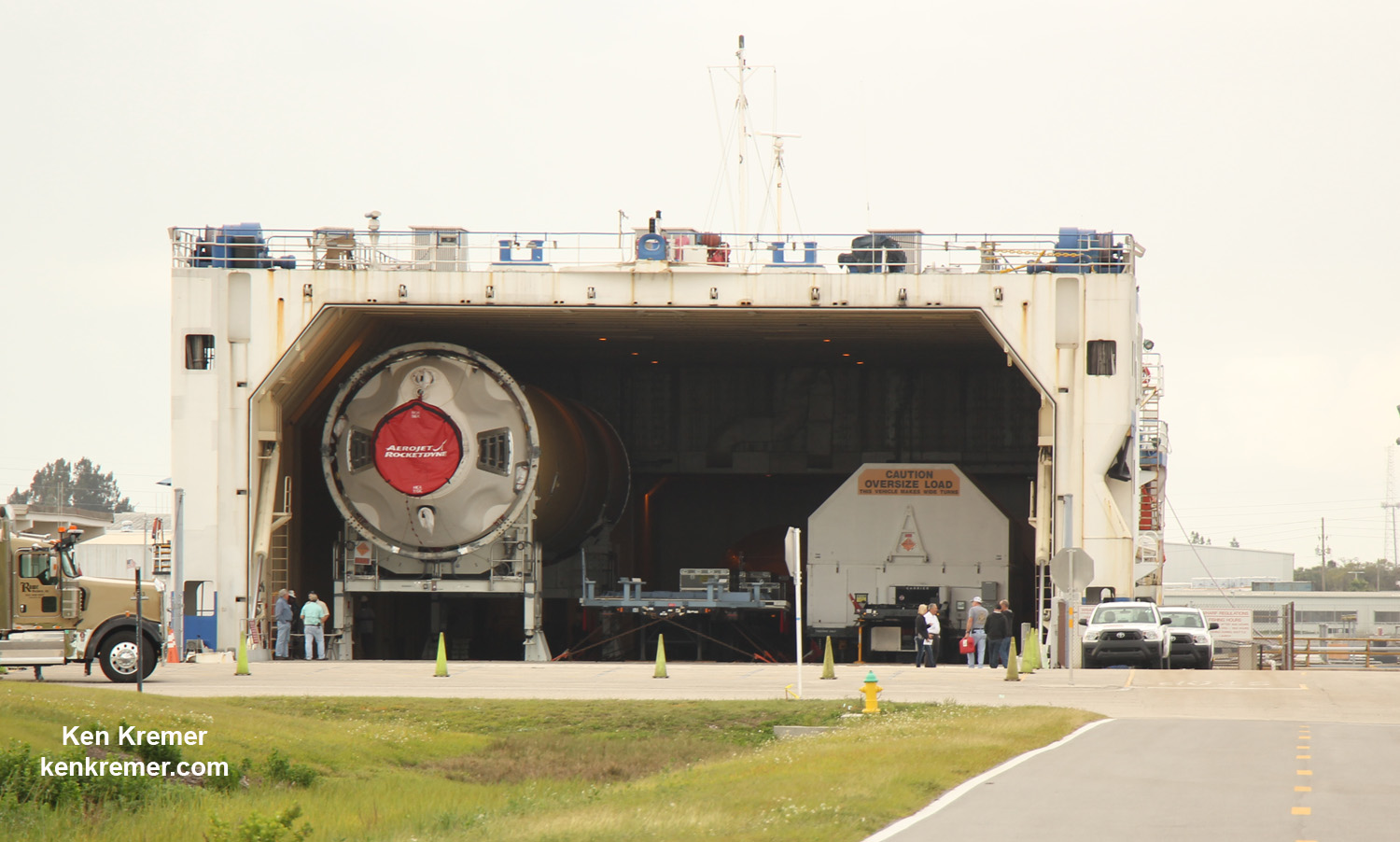
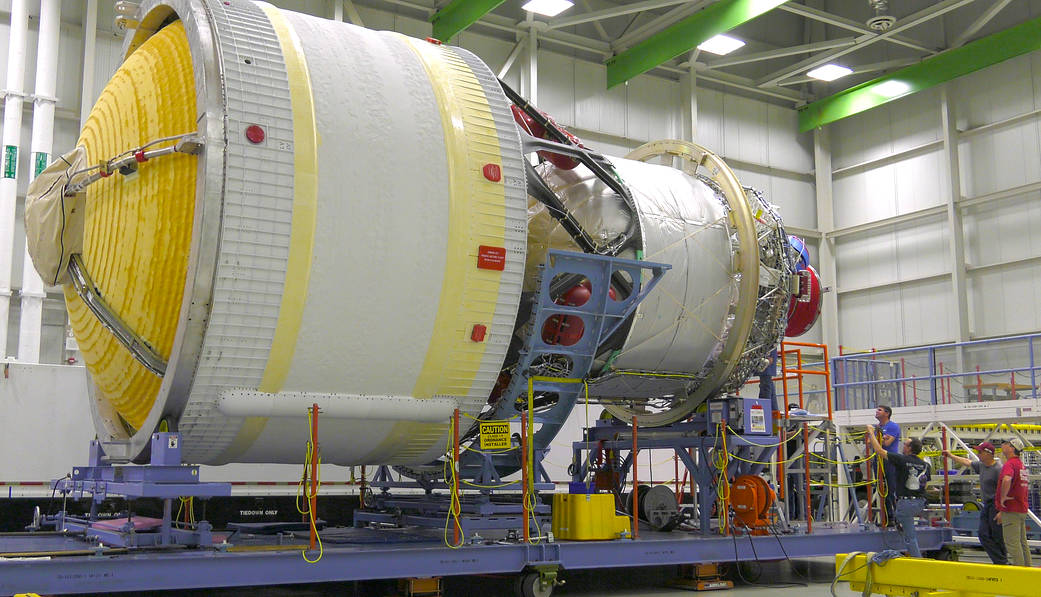
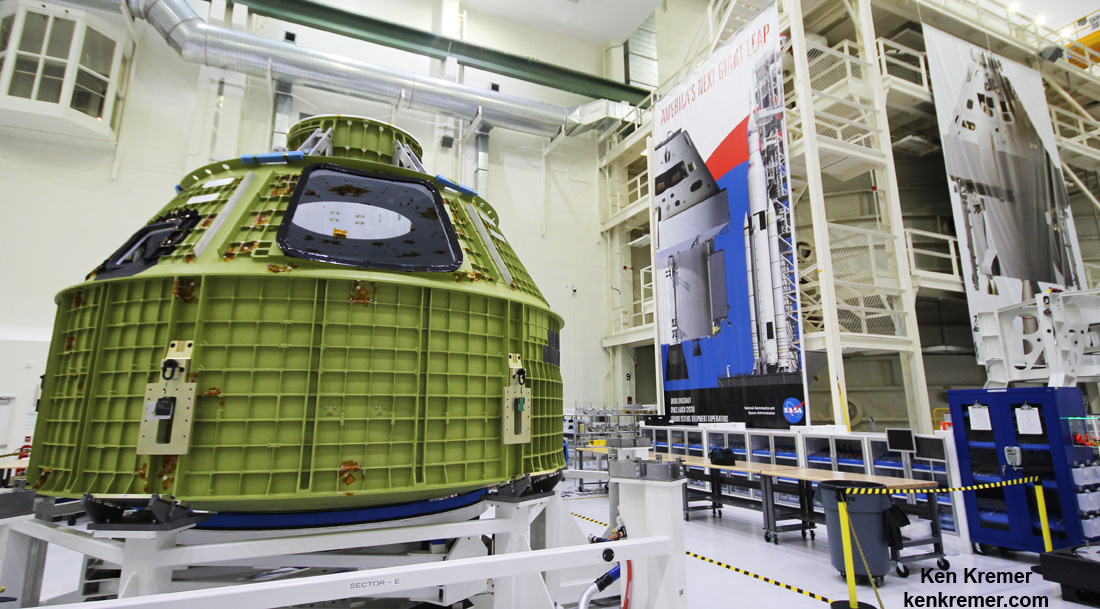


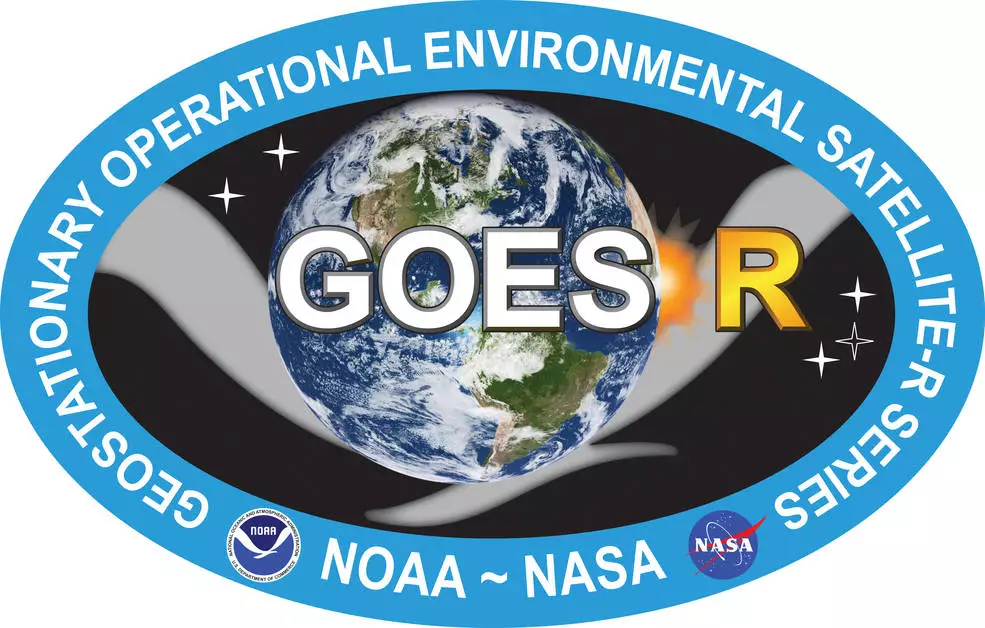
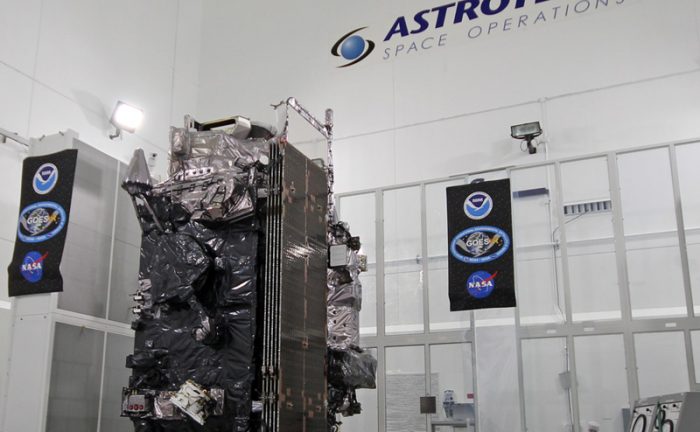
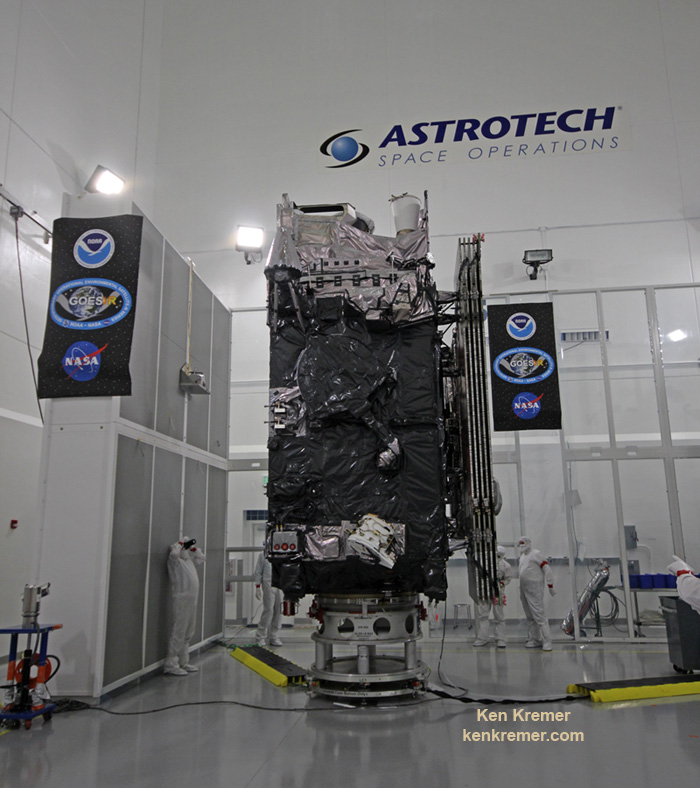
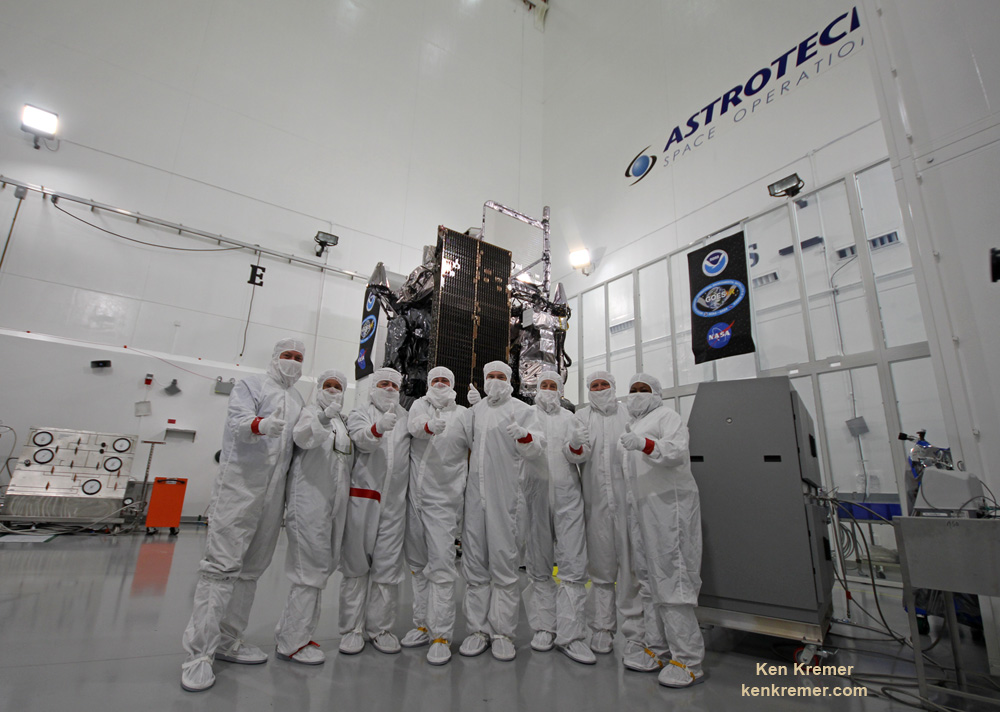
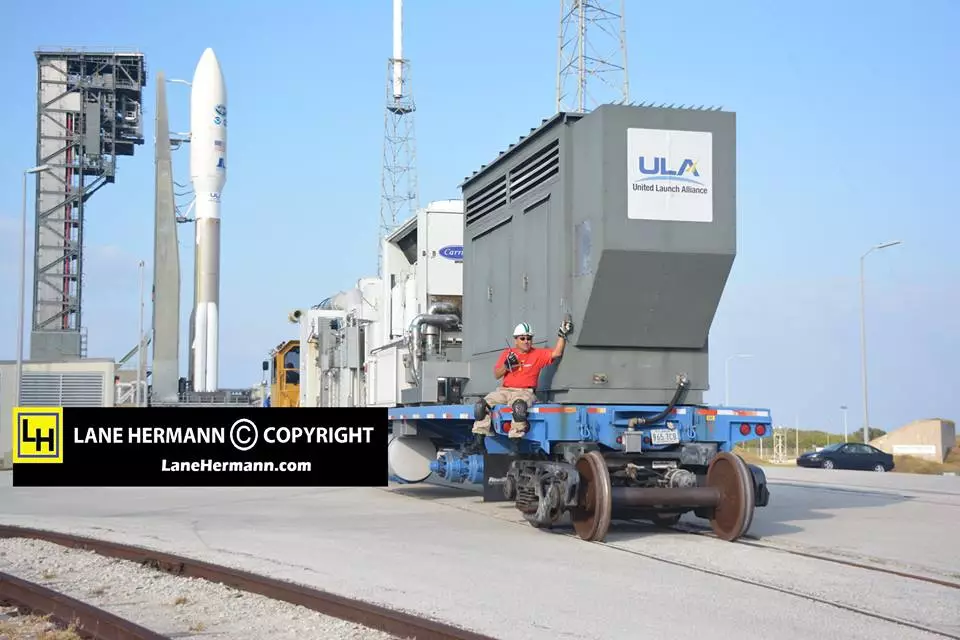
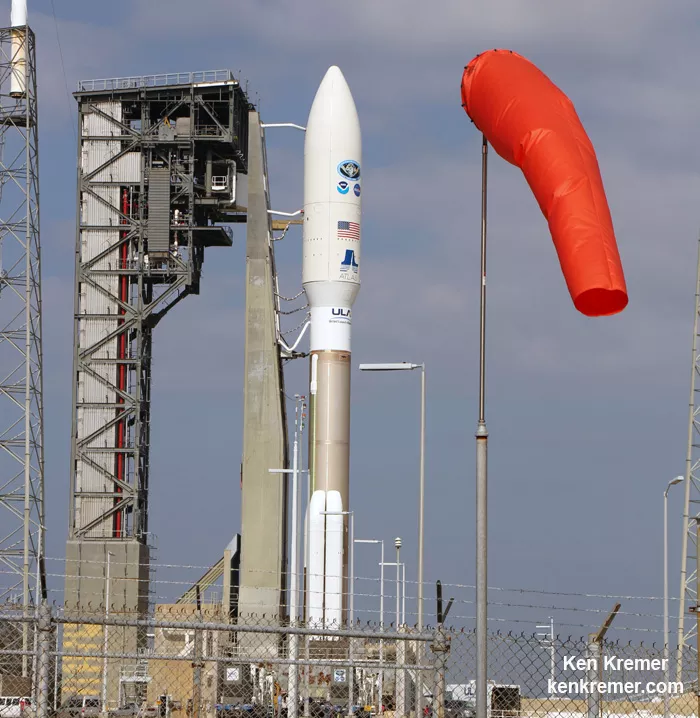
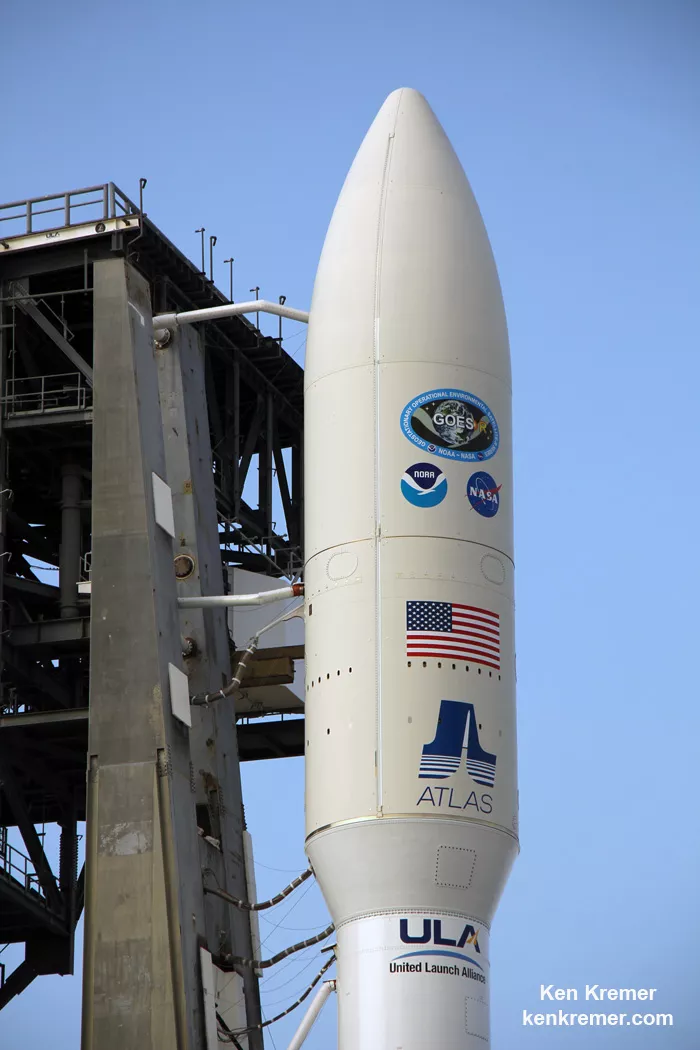
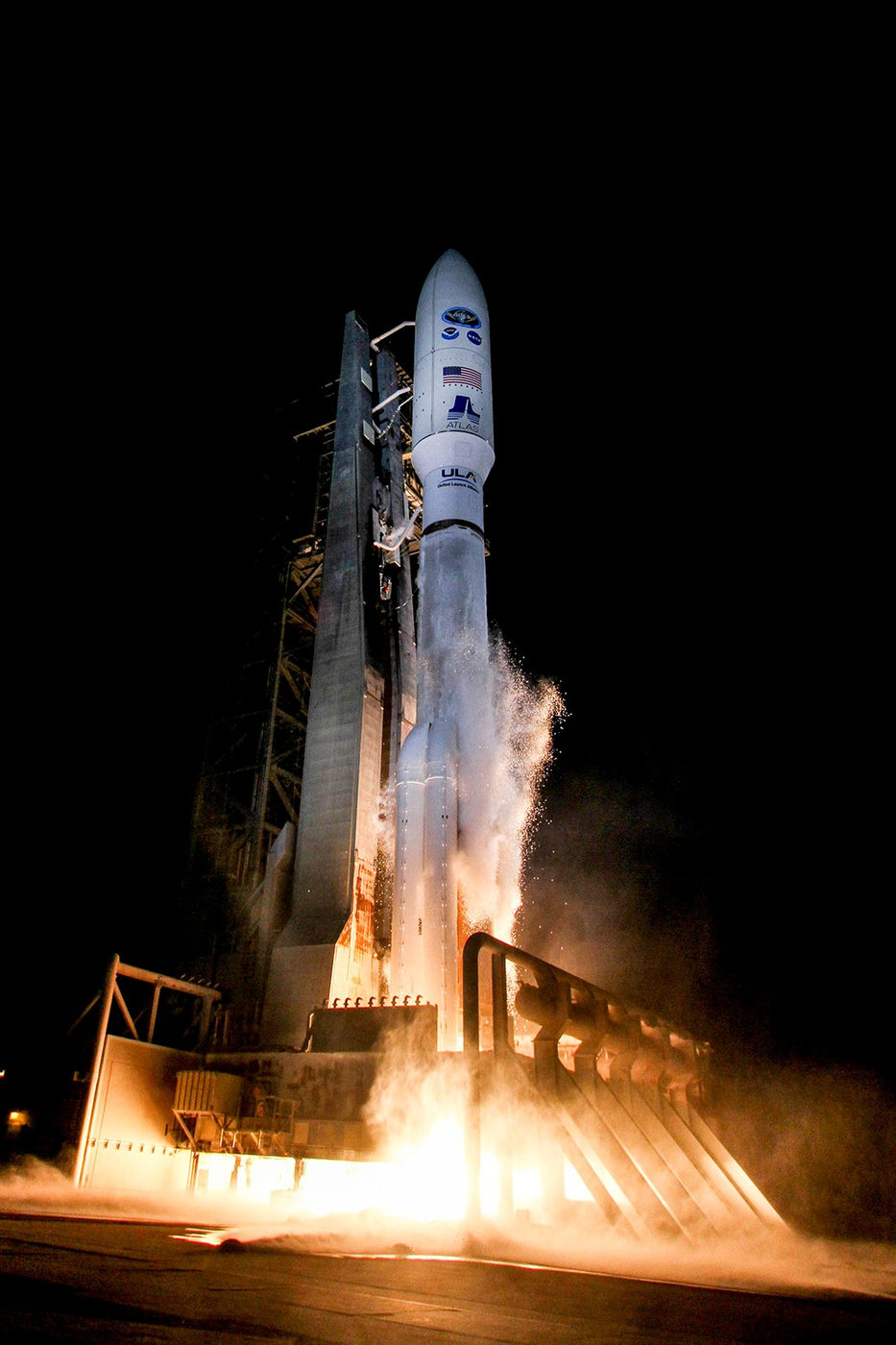
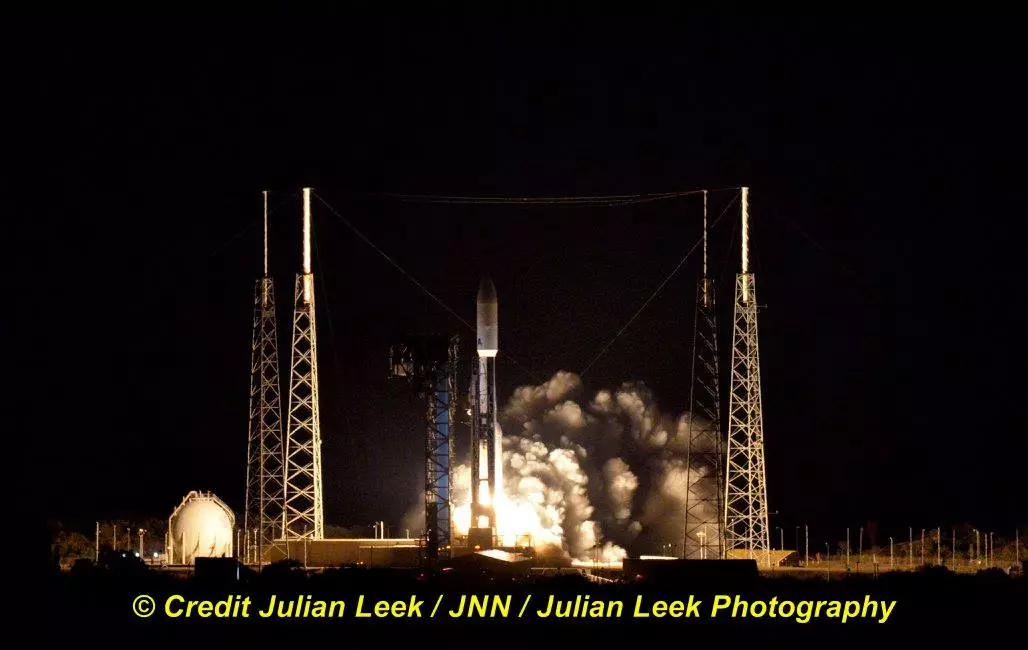
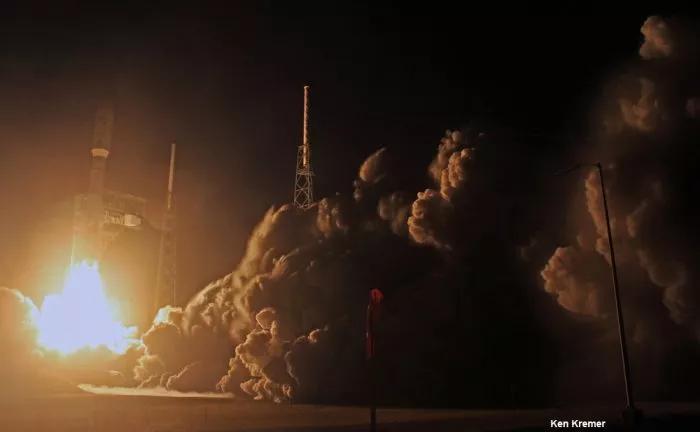
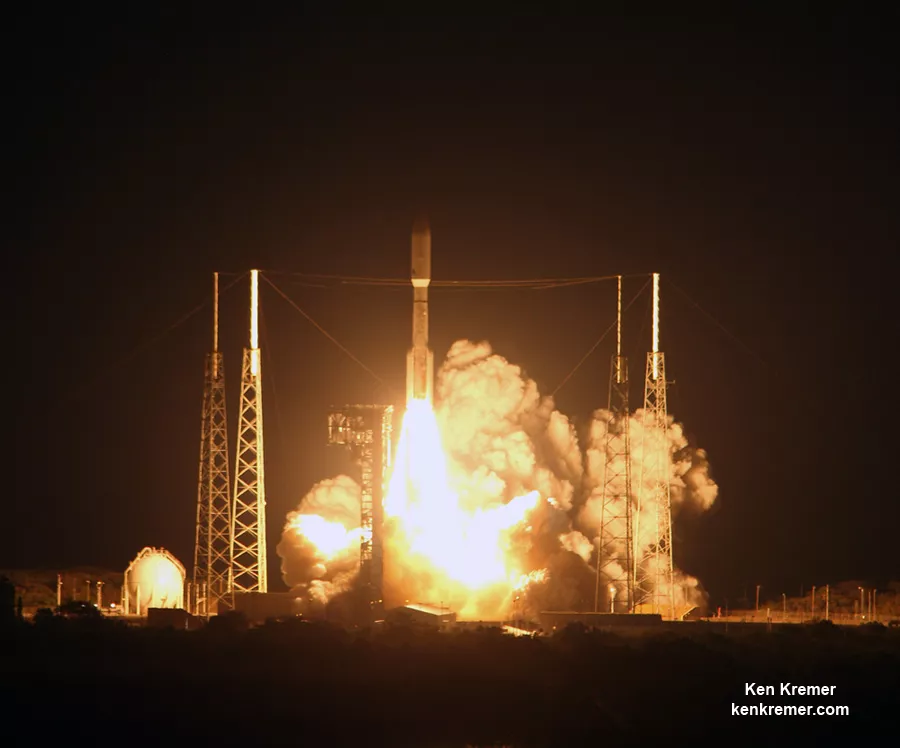
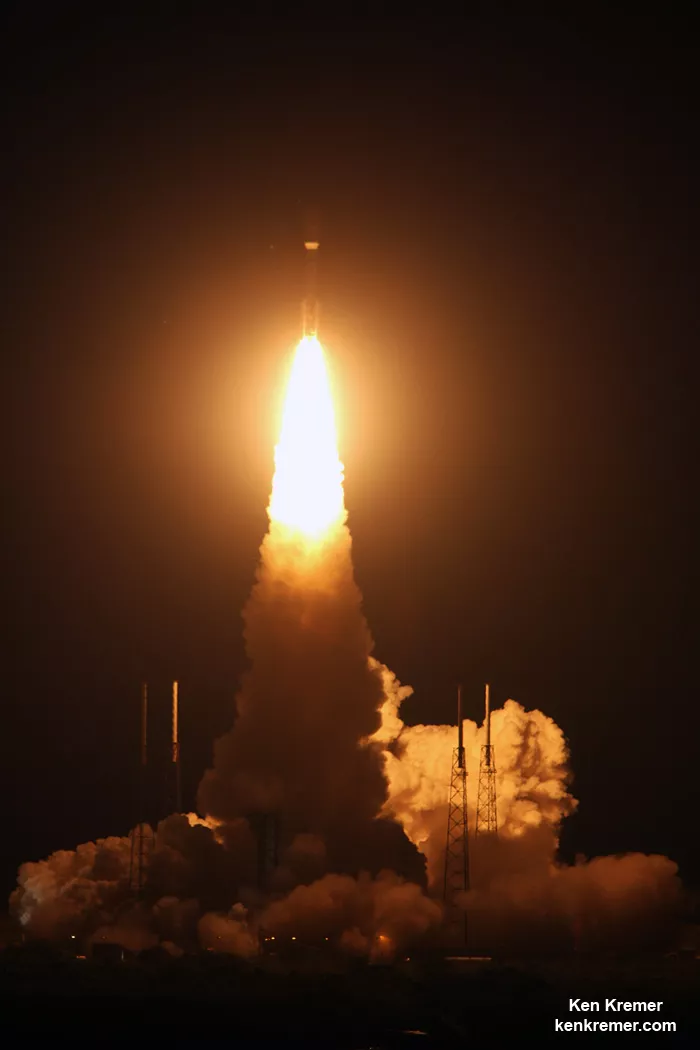
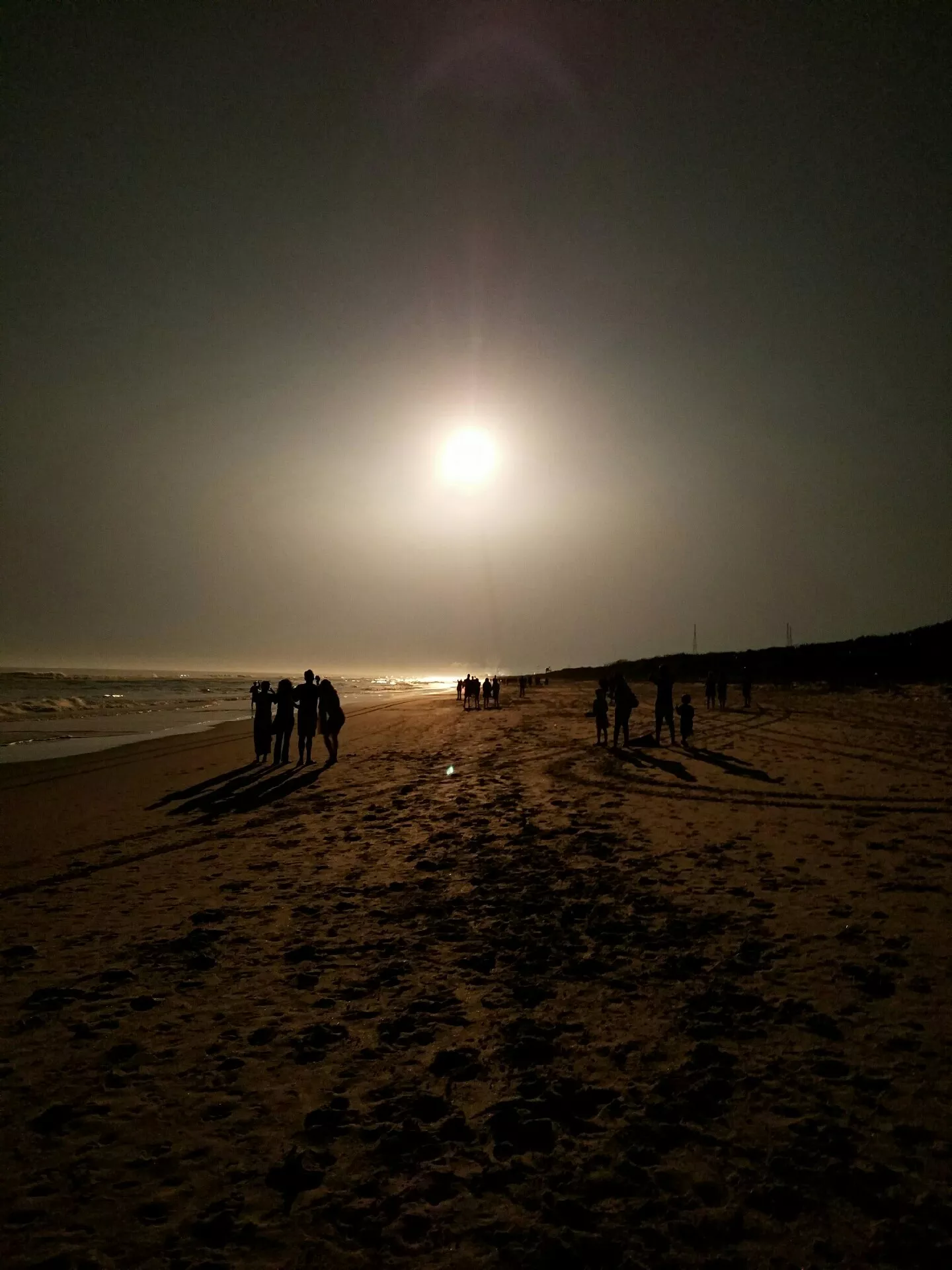
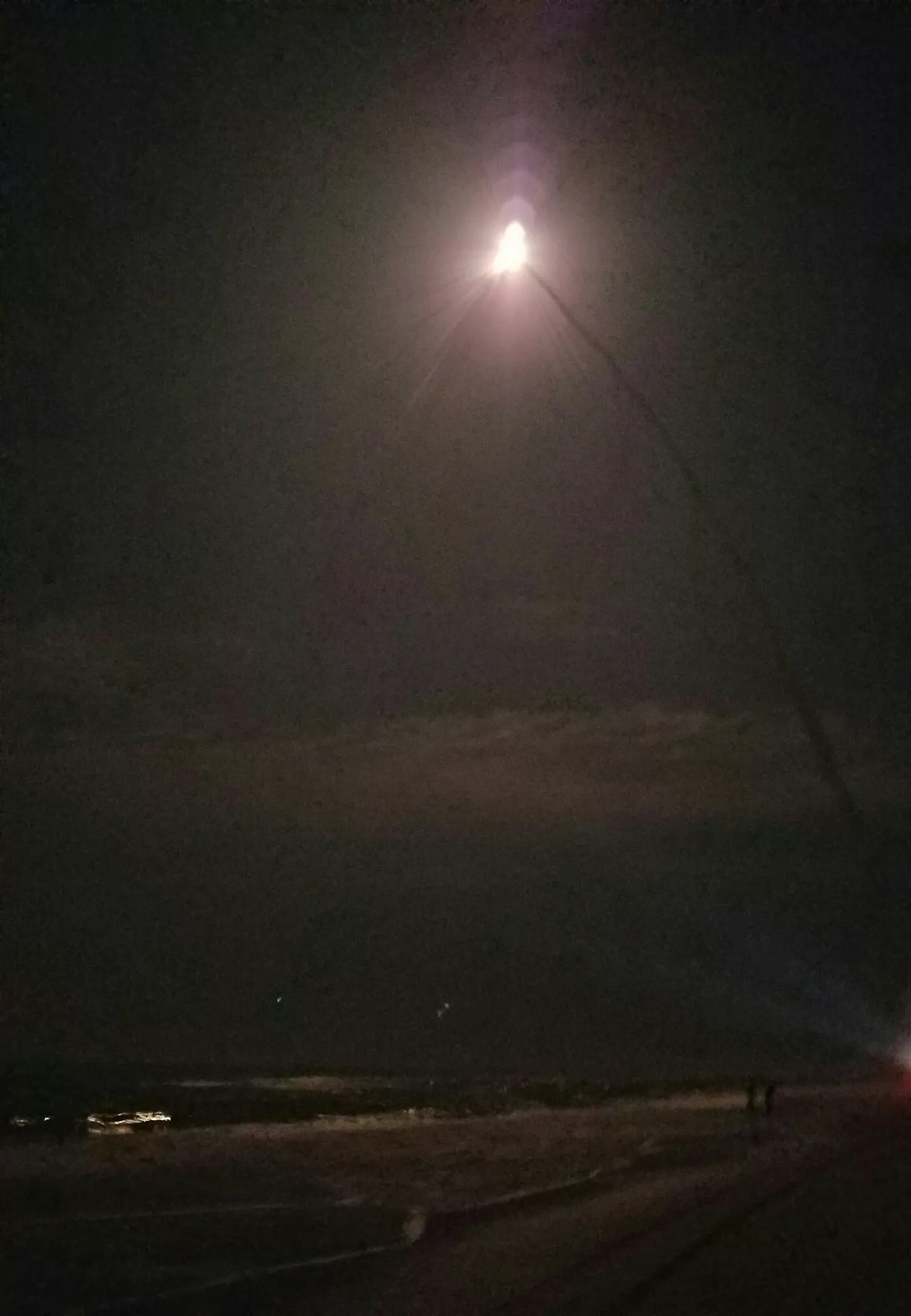


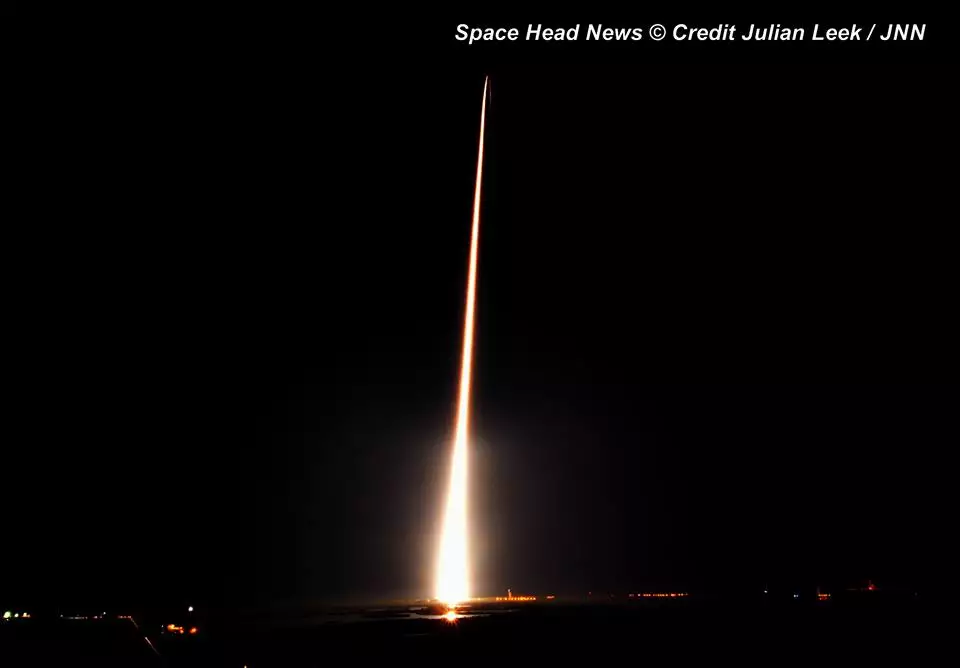
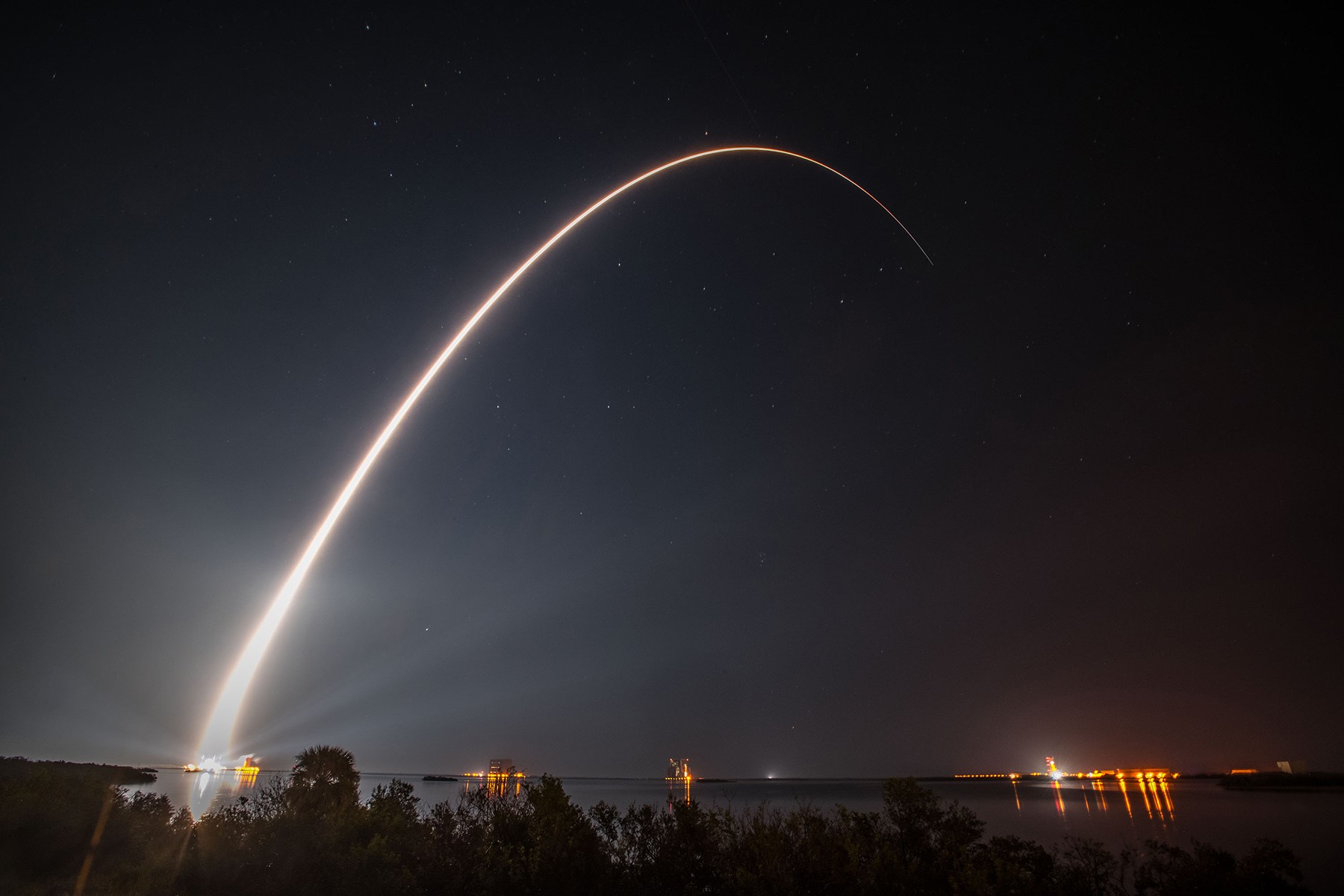
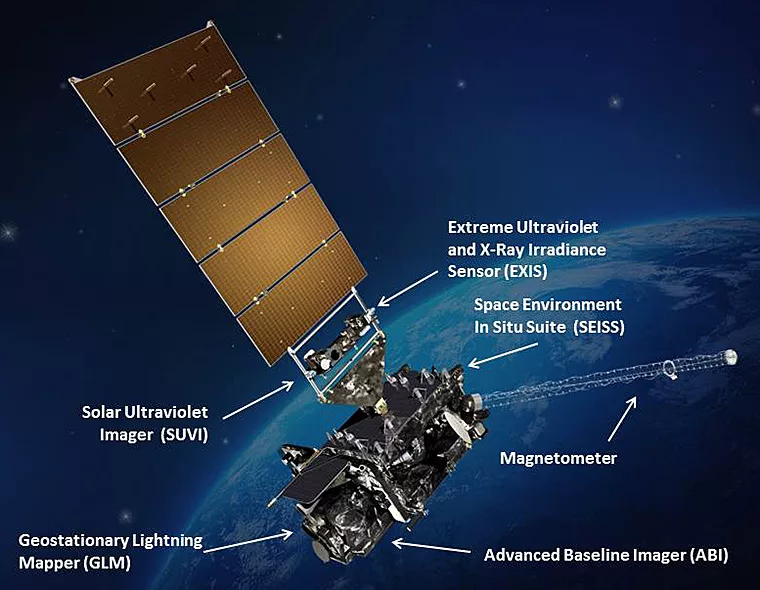





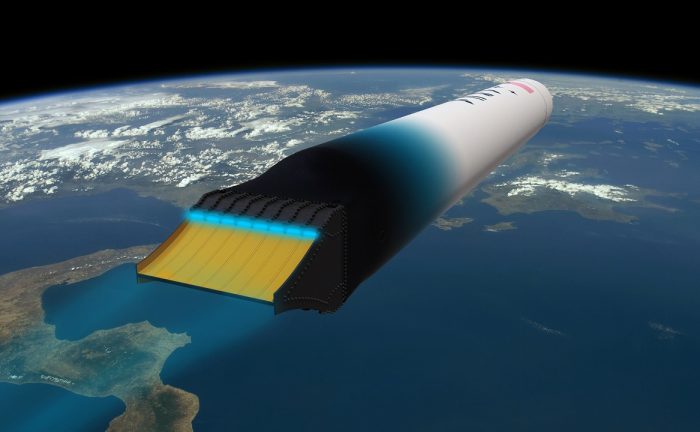
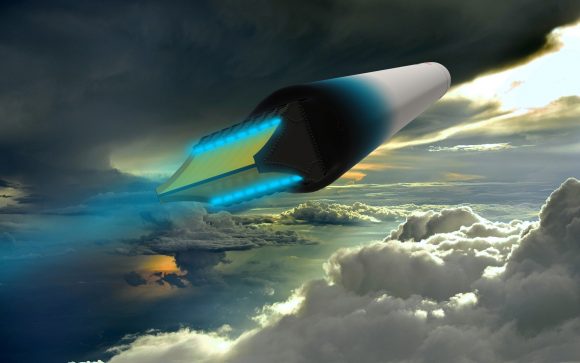
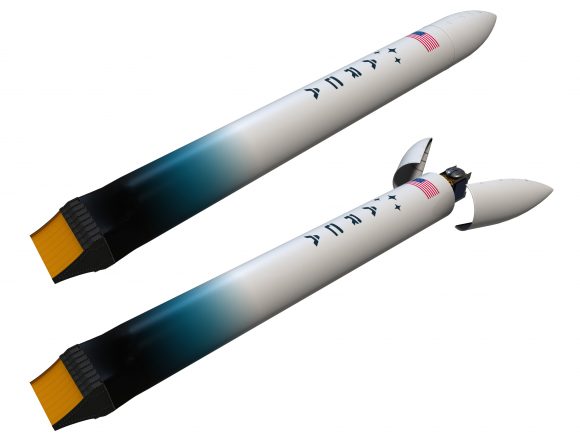
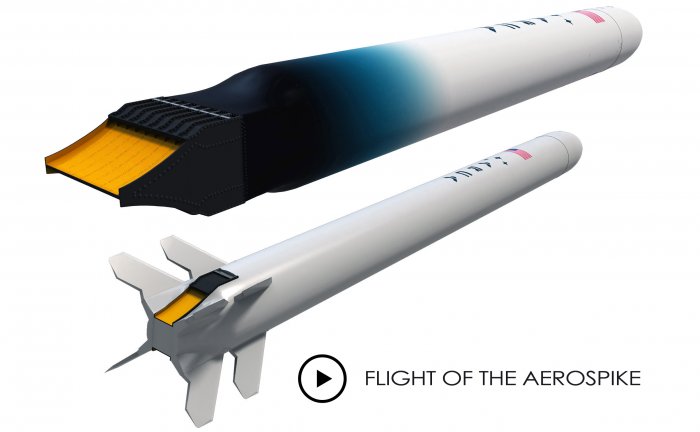
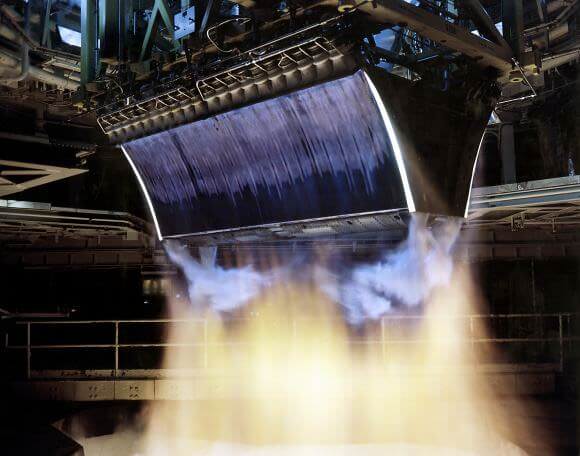
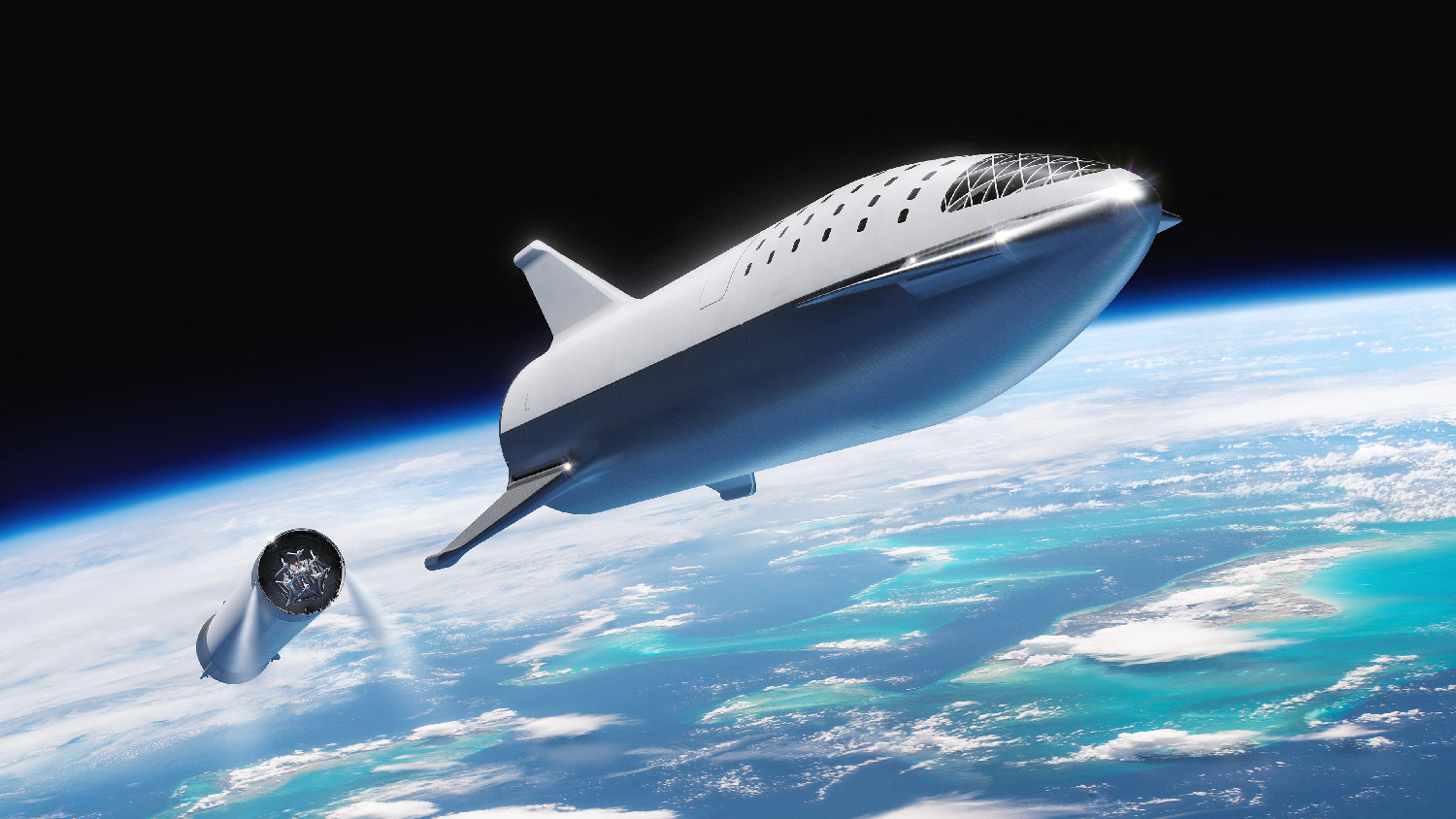
In September of 2016, Elon Musk unveiled his vision for a super-heavy launch vehicle, which would be SpaceX’s most ambitious project to date. Known as the Big Falcon Rocket (BFR), this massive launch vehicle is central to Musk’s plan of conducting space tourism with flights into orbit and to the Moon. It is also intrinsic to his vision of sending astronauts and colonists to Mars.
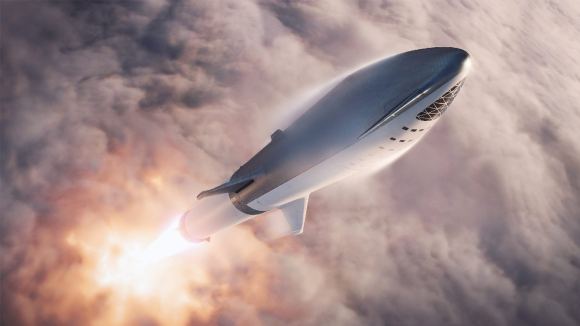
Artist’s impression of the BFR rocket being launched into orbit. Credit: SpaceX
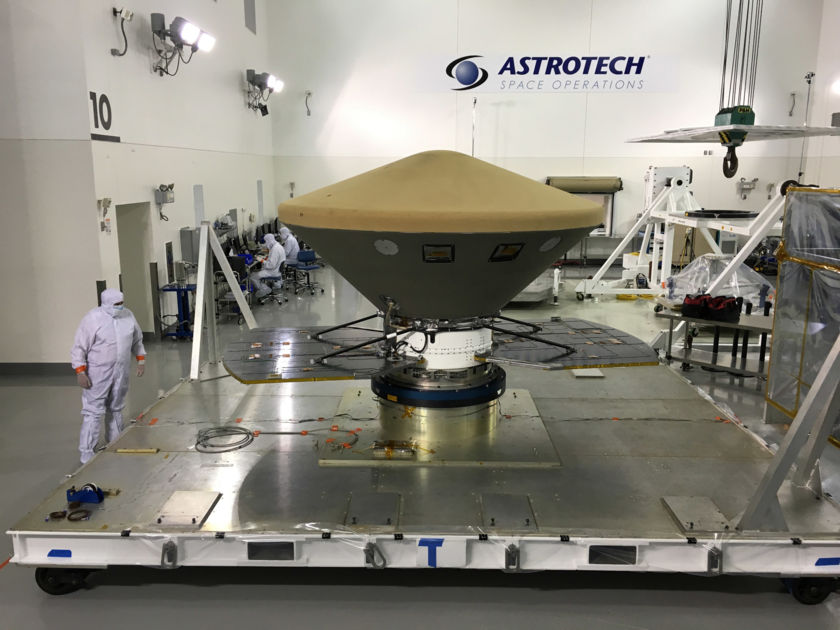
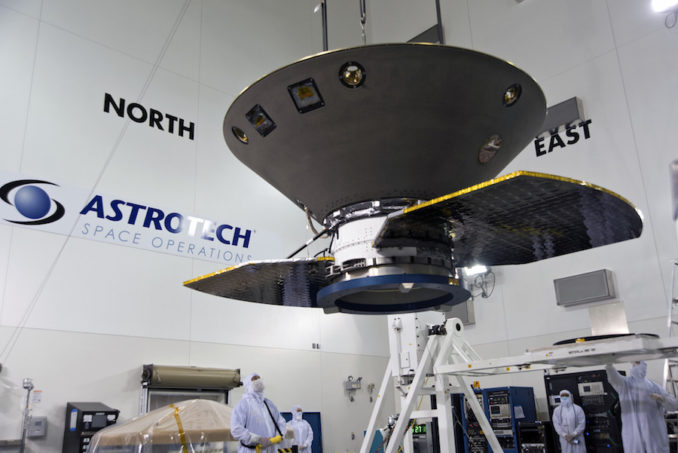
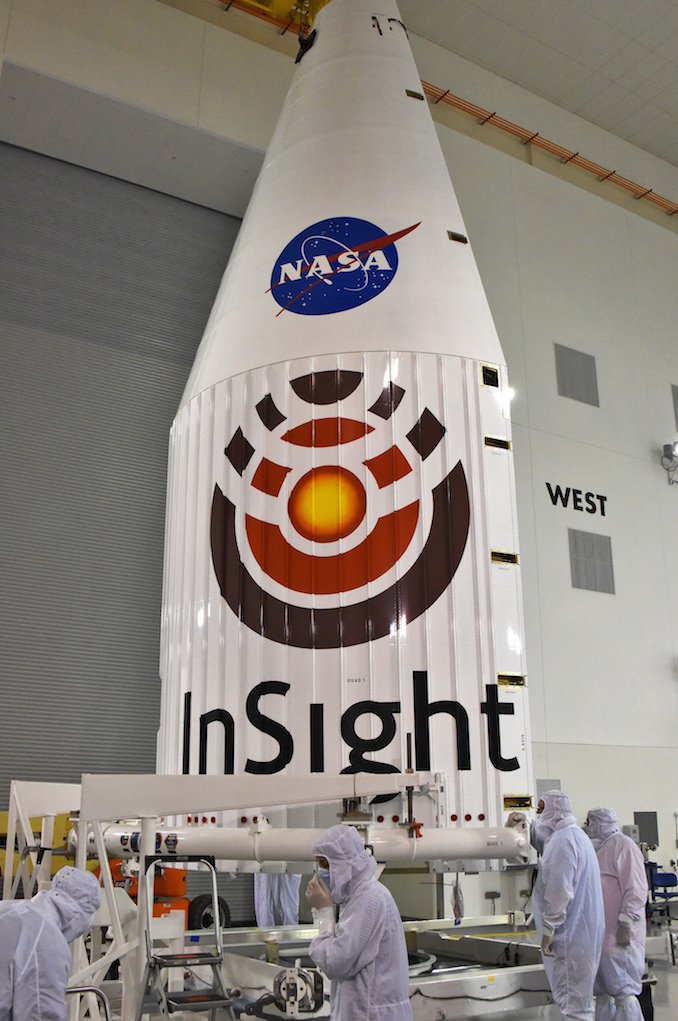
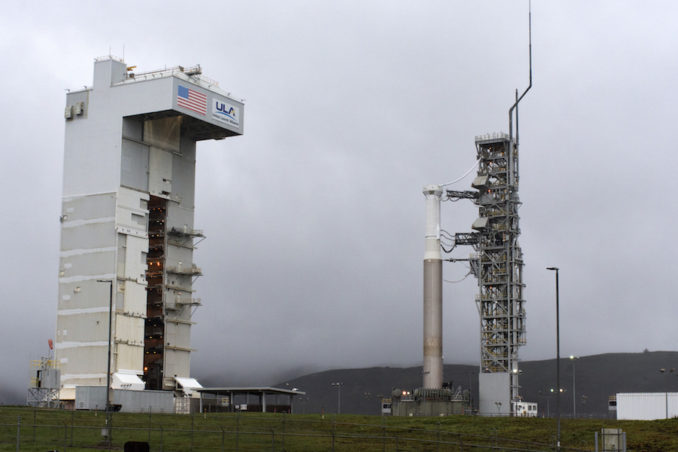
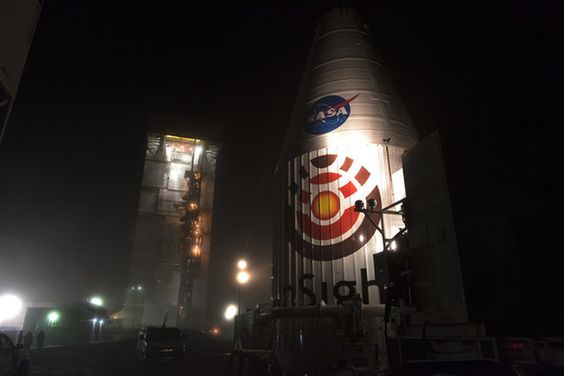

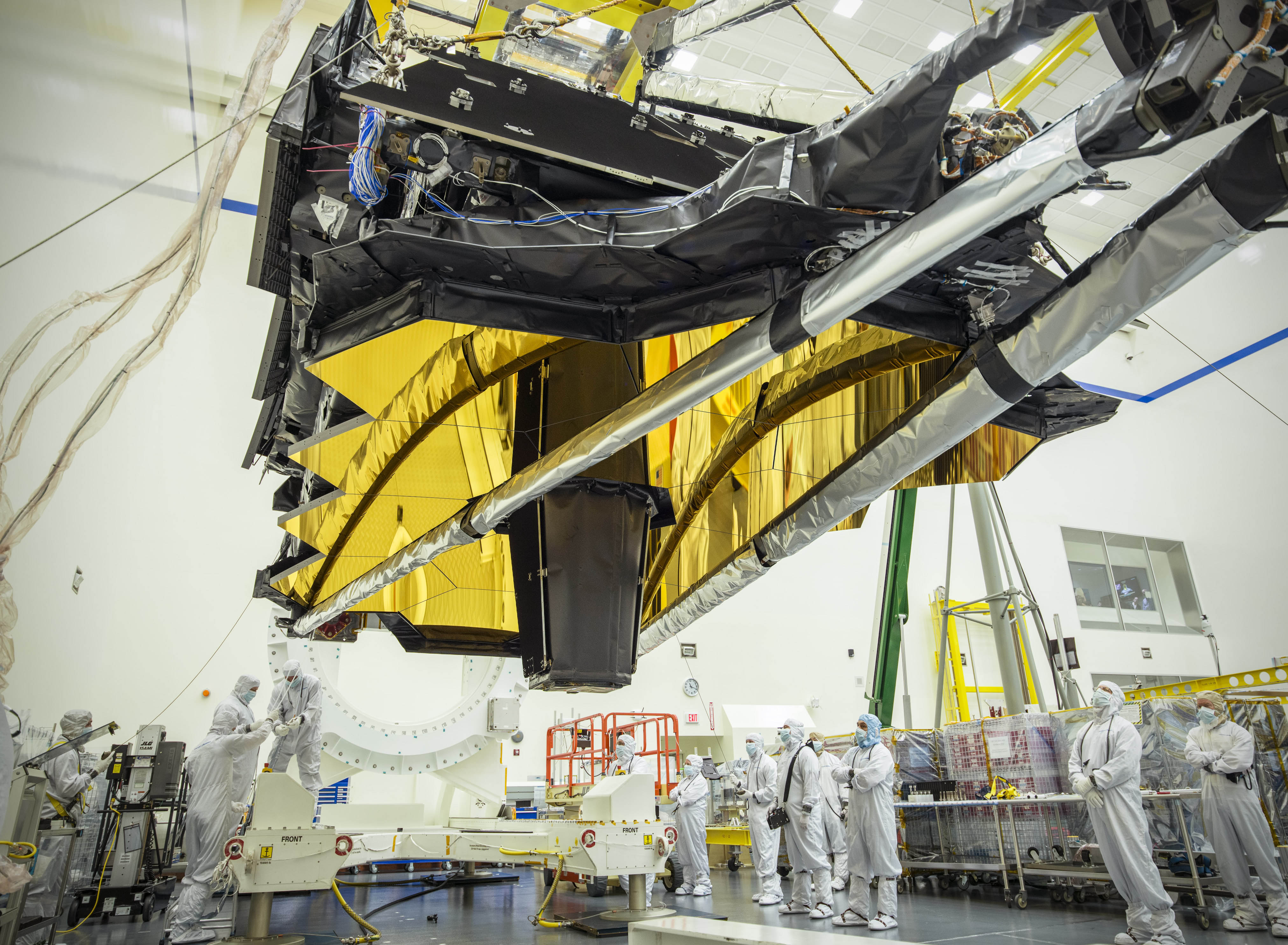
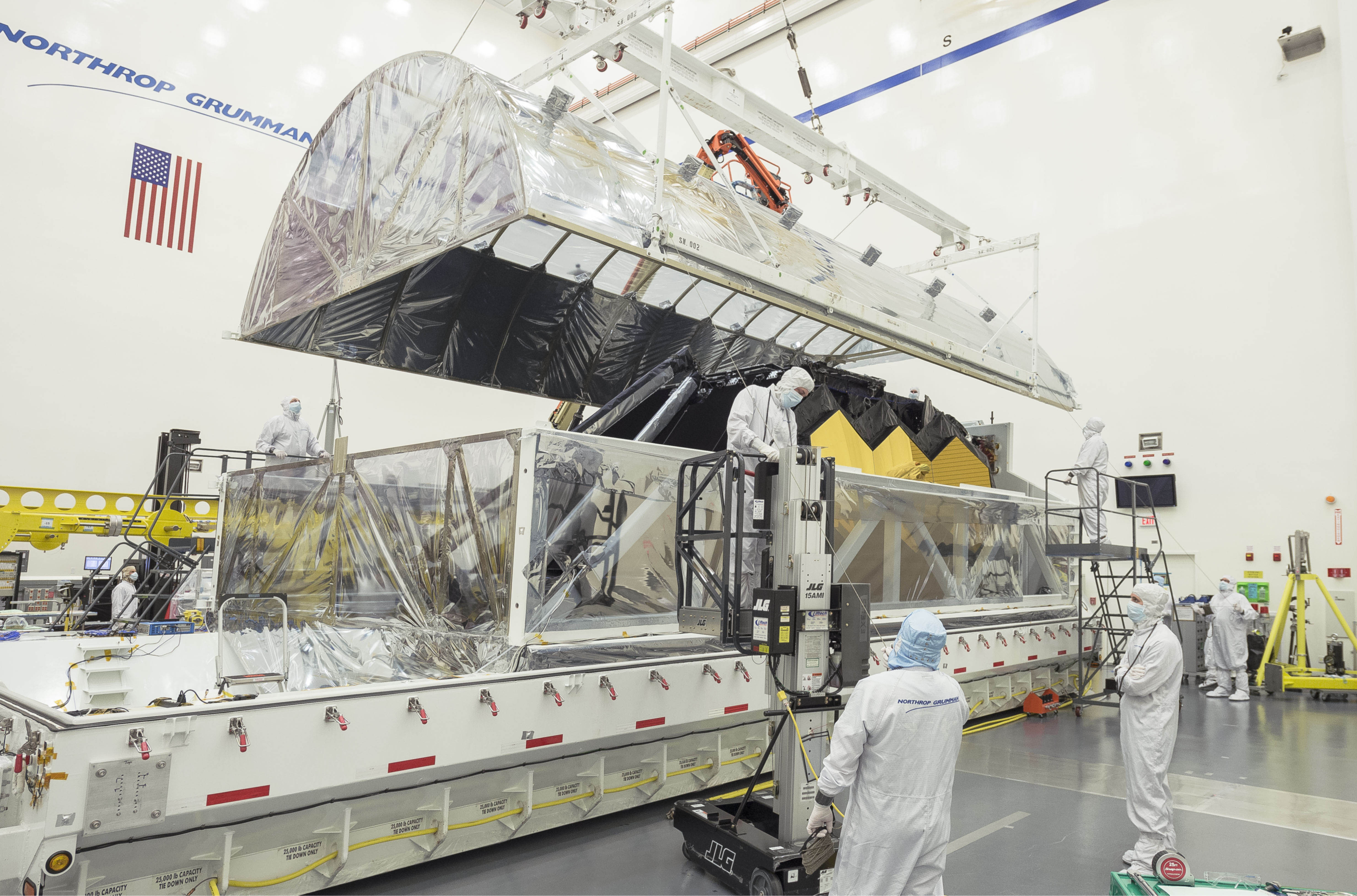
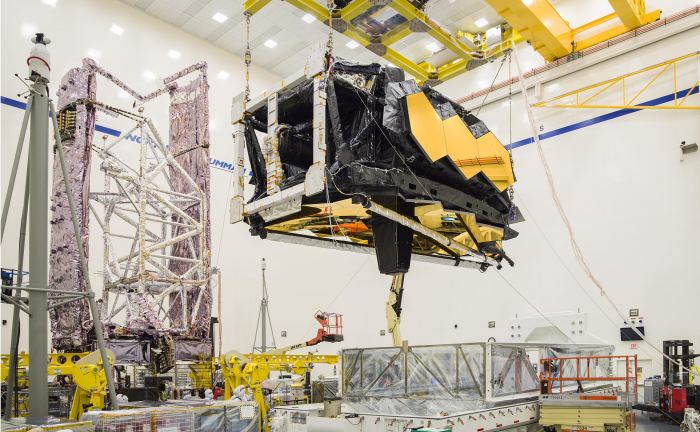
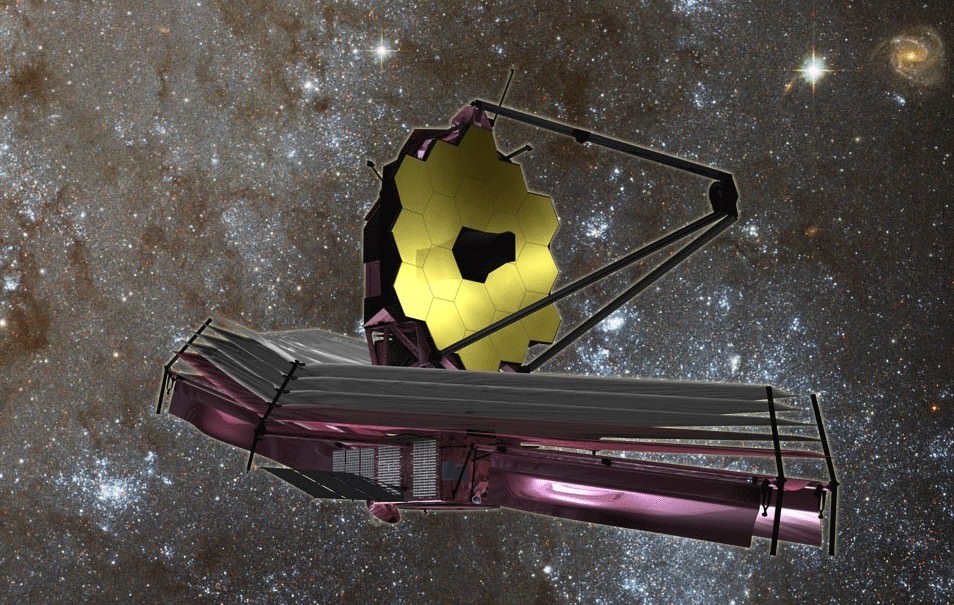
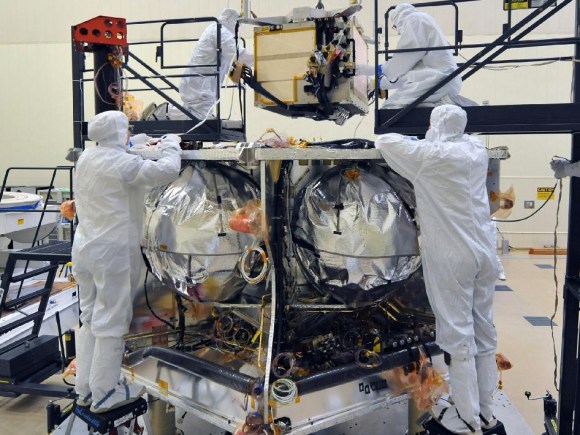
Technician’s install Juno’s titanium vault. (Image Credit: NASA/JPL-Caltech/LMSS)
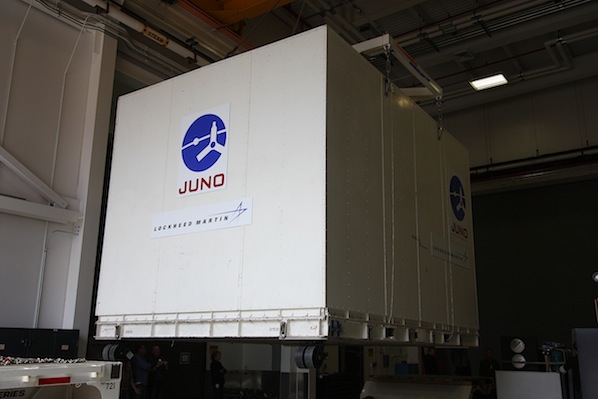
The JUNO ProBe on it's way to Florida

Exploded diagram of the Juno Probe
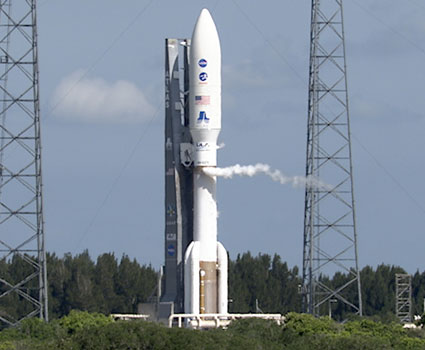
Atlas Rocket Ready to launch
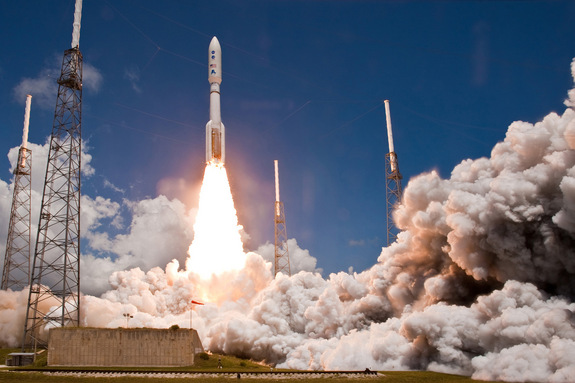
Juno Mission Clearing the Lightning Rod's Towers
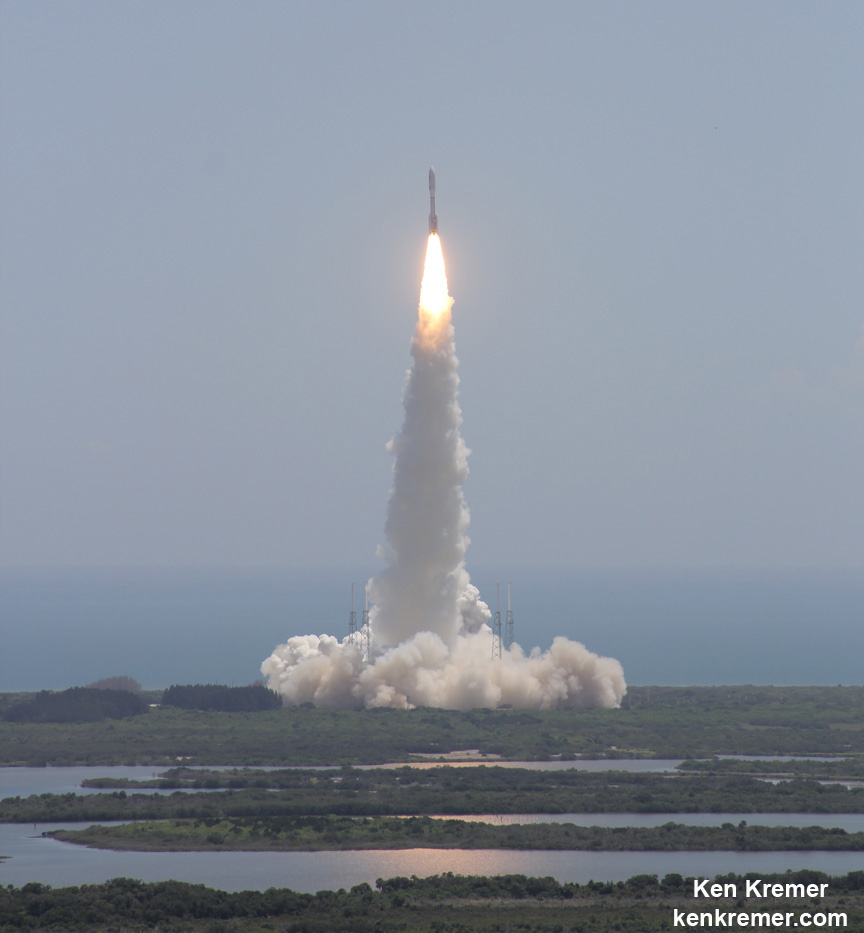
Juno soars skyward to Jupiter on Aug. 5, 2011 from launch pad 41 at
Cape Canaveral Air Force Station at 12:25 p.m. EDT. View from the VAB roof.
Credit: Ken Kremer/
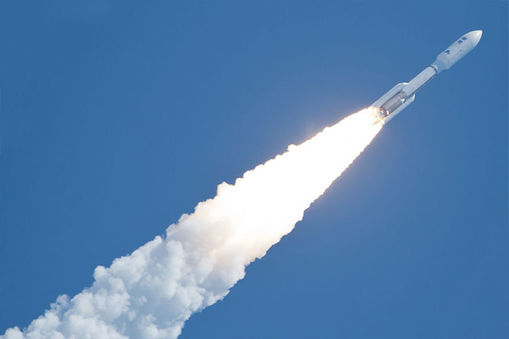
Juno Mission on the way!!!
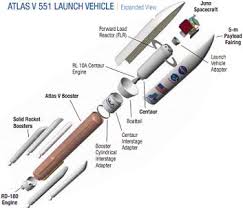
Juno Mission Launch Vehicle Diagram
The United Launch Alliance Vulcan Centaur rocket launched on Jan. 8, 2024. See the epic views captured by cameras mounted on the rocket. Fropm space.com Full Story: